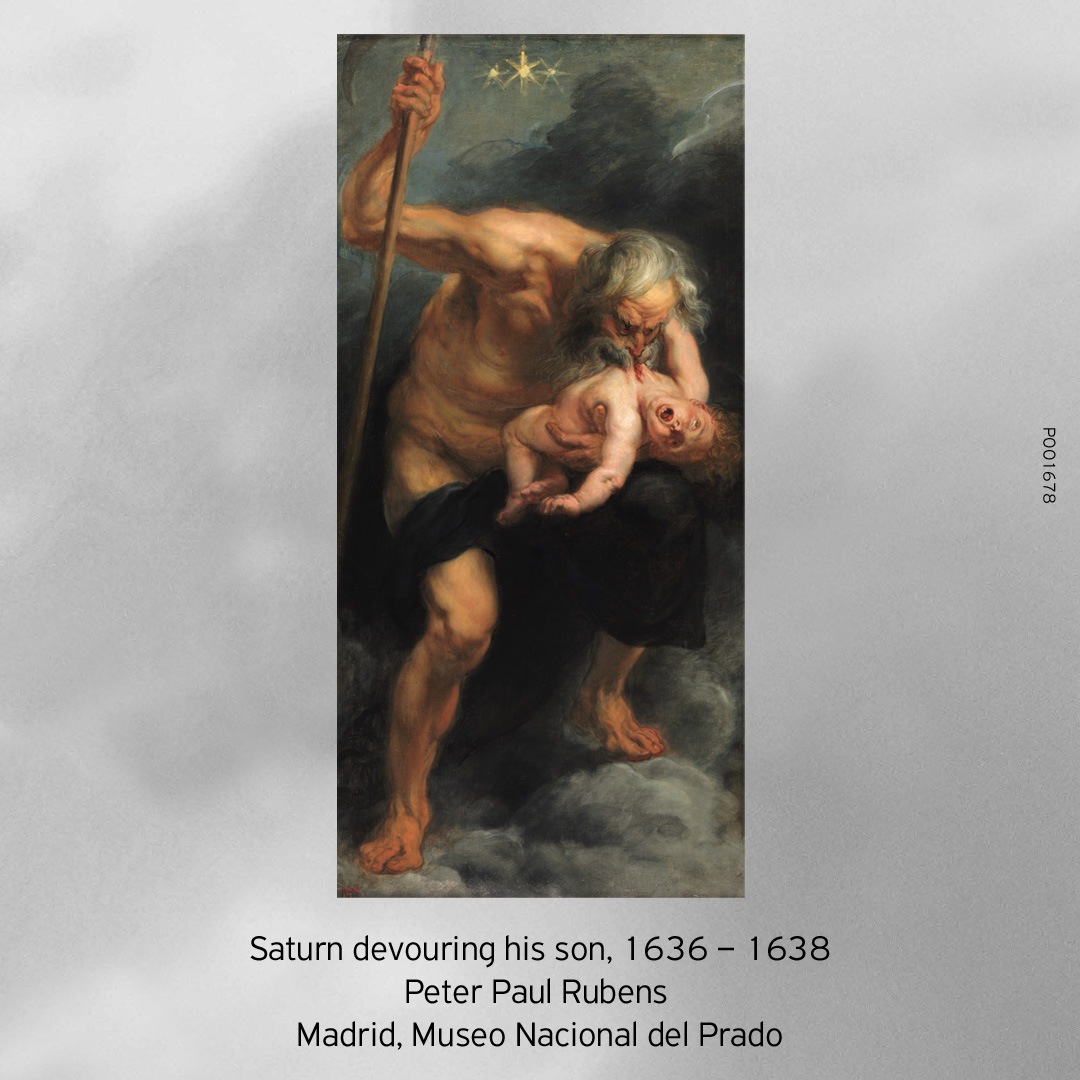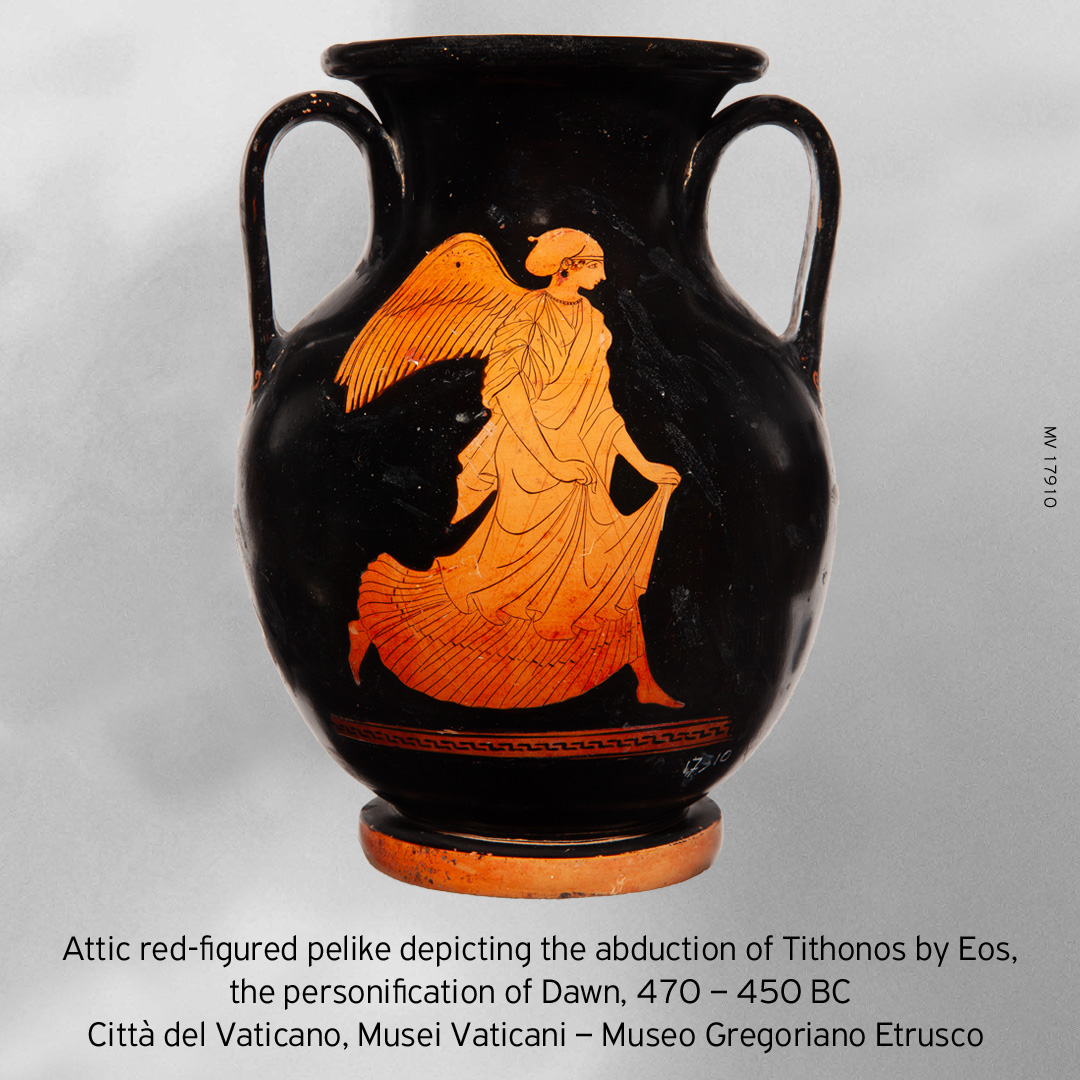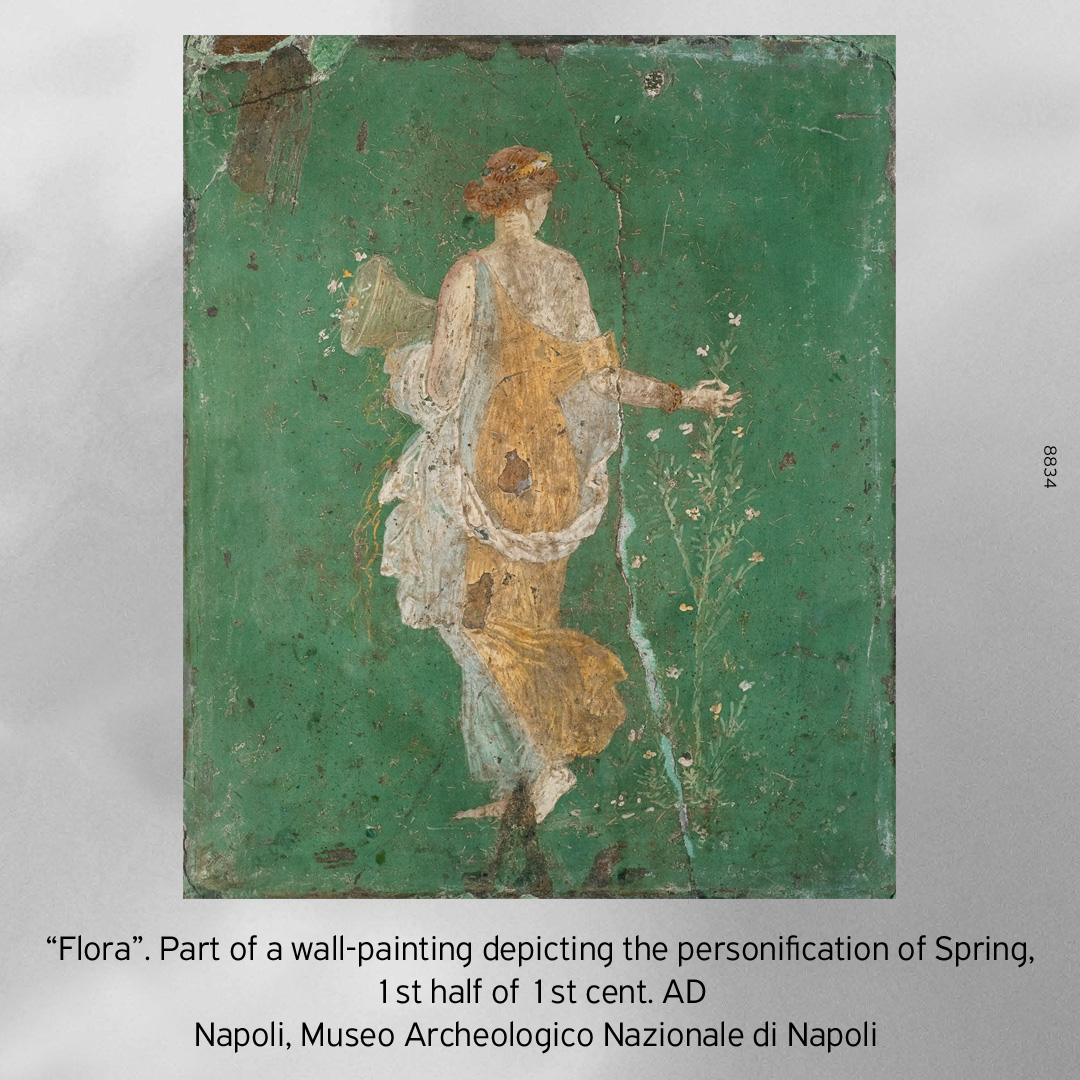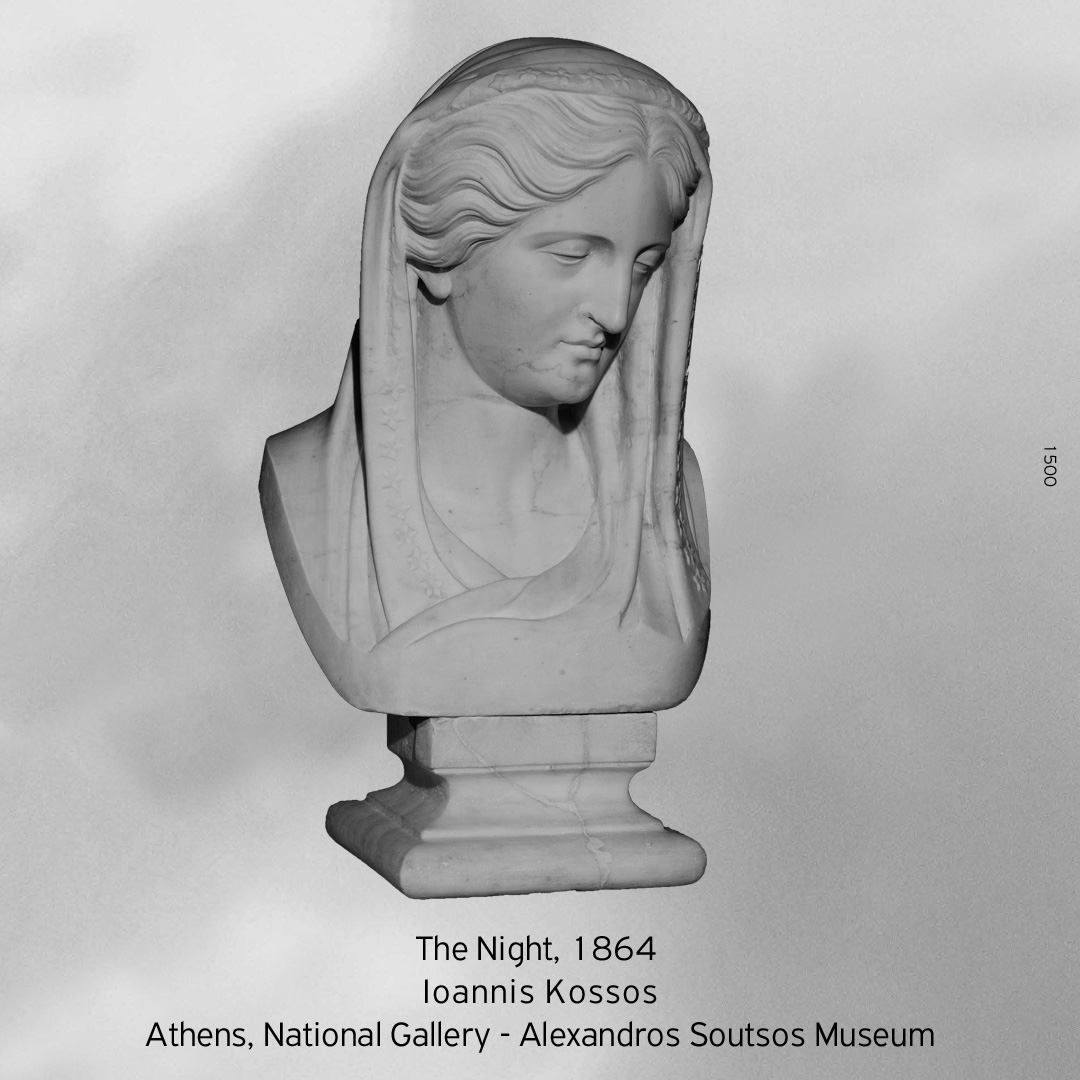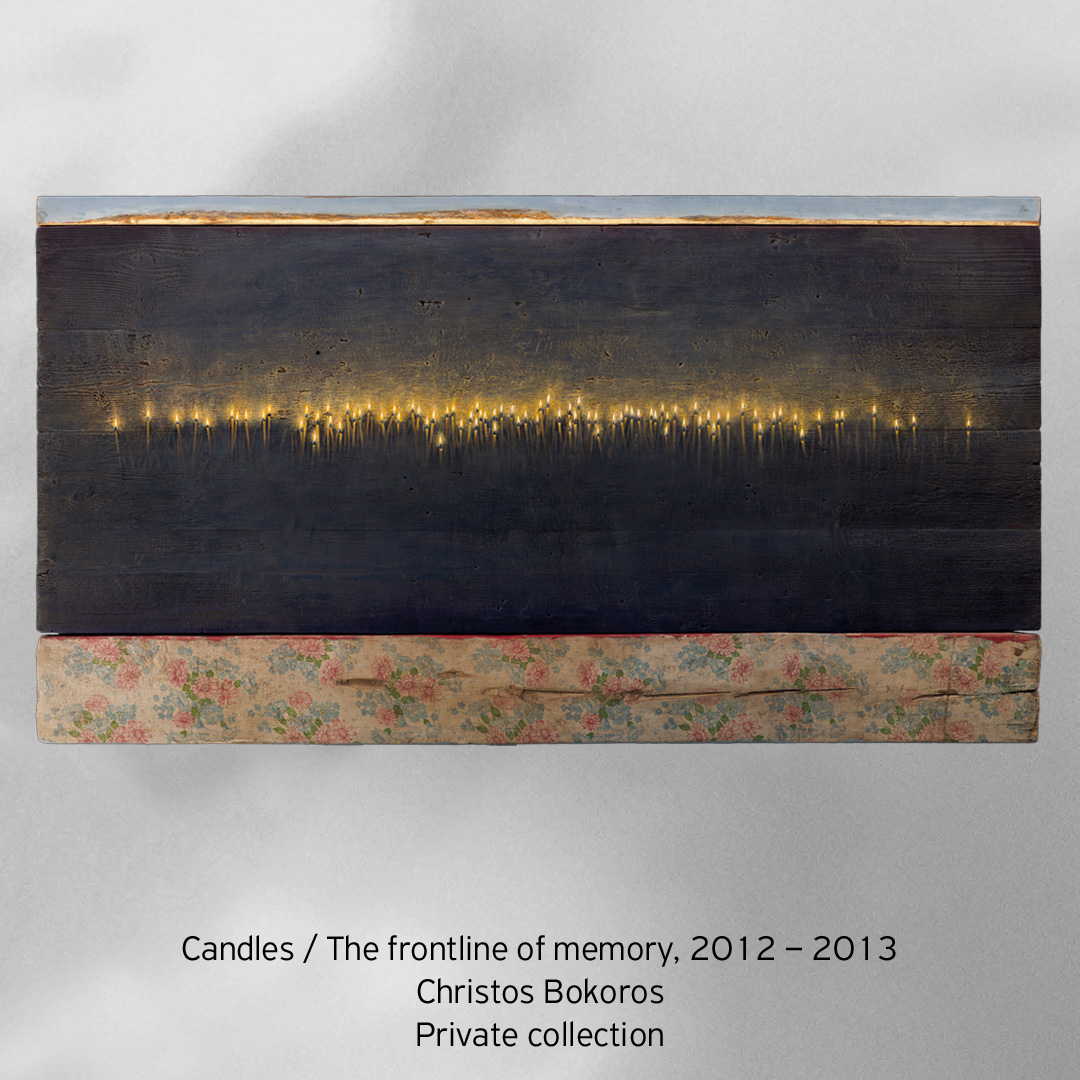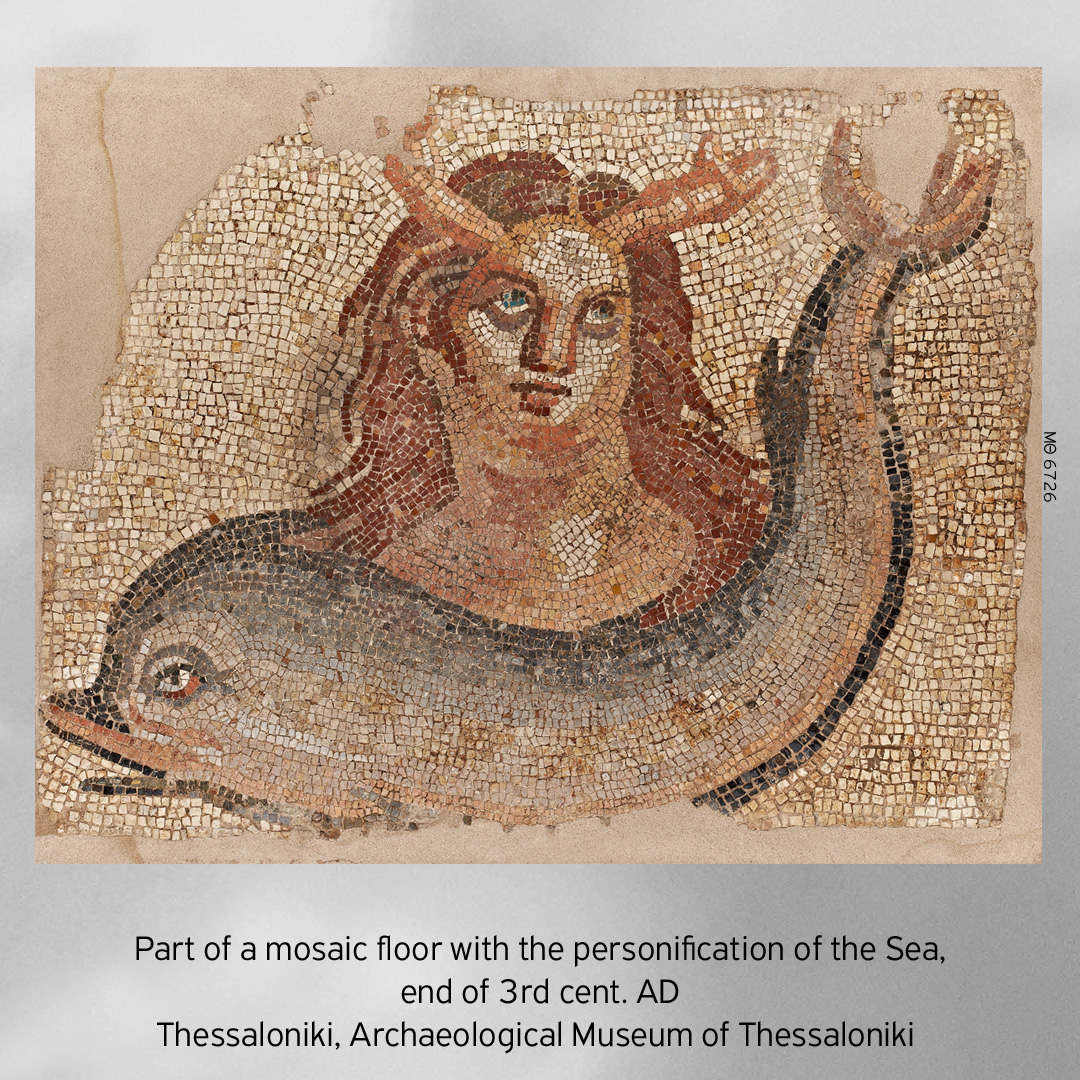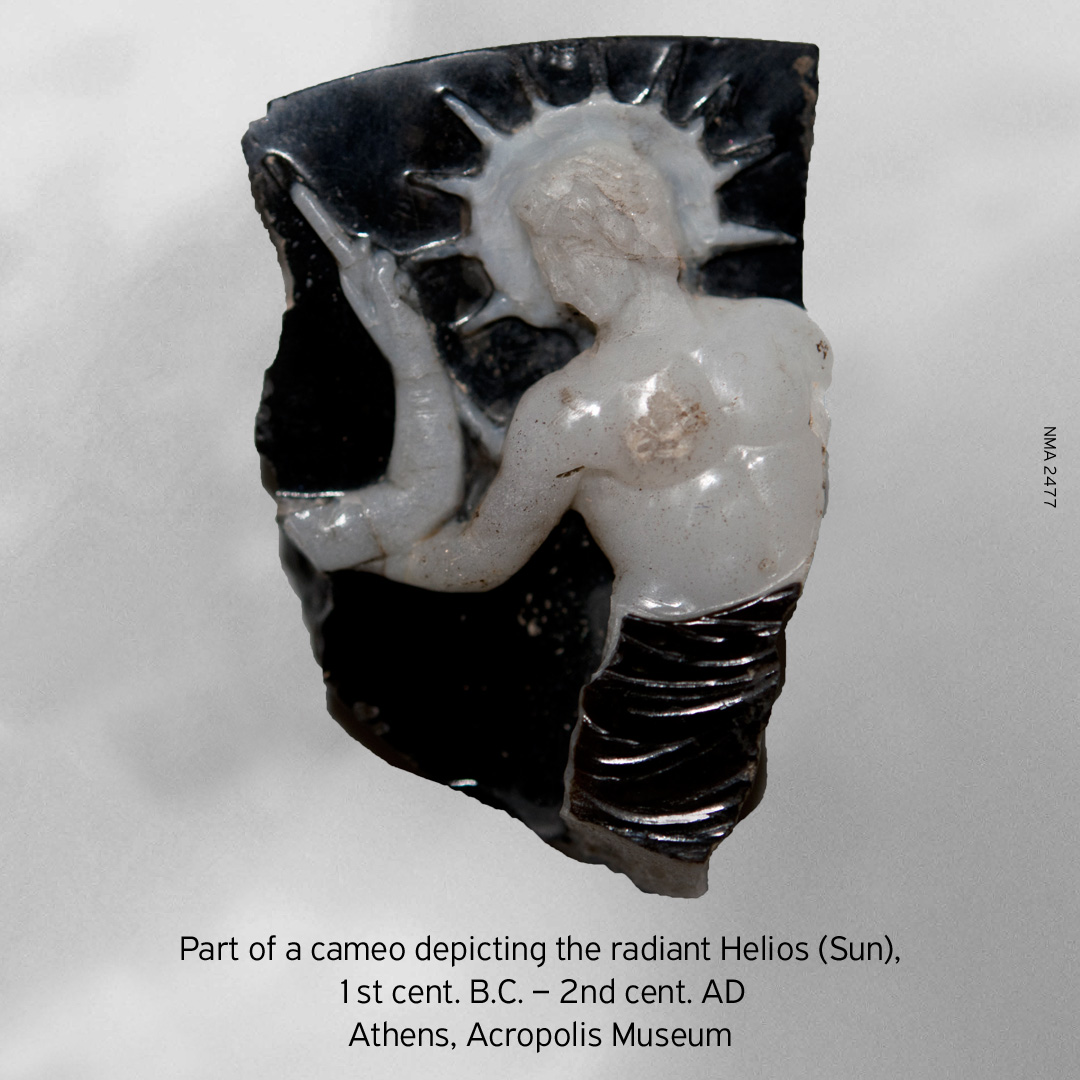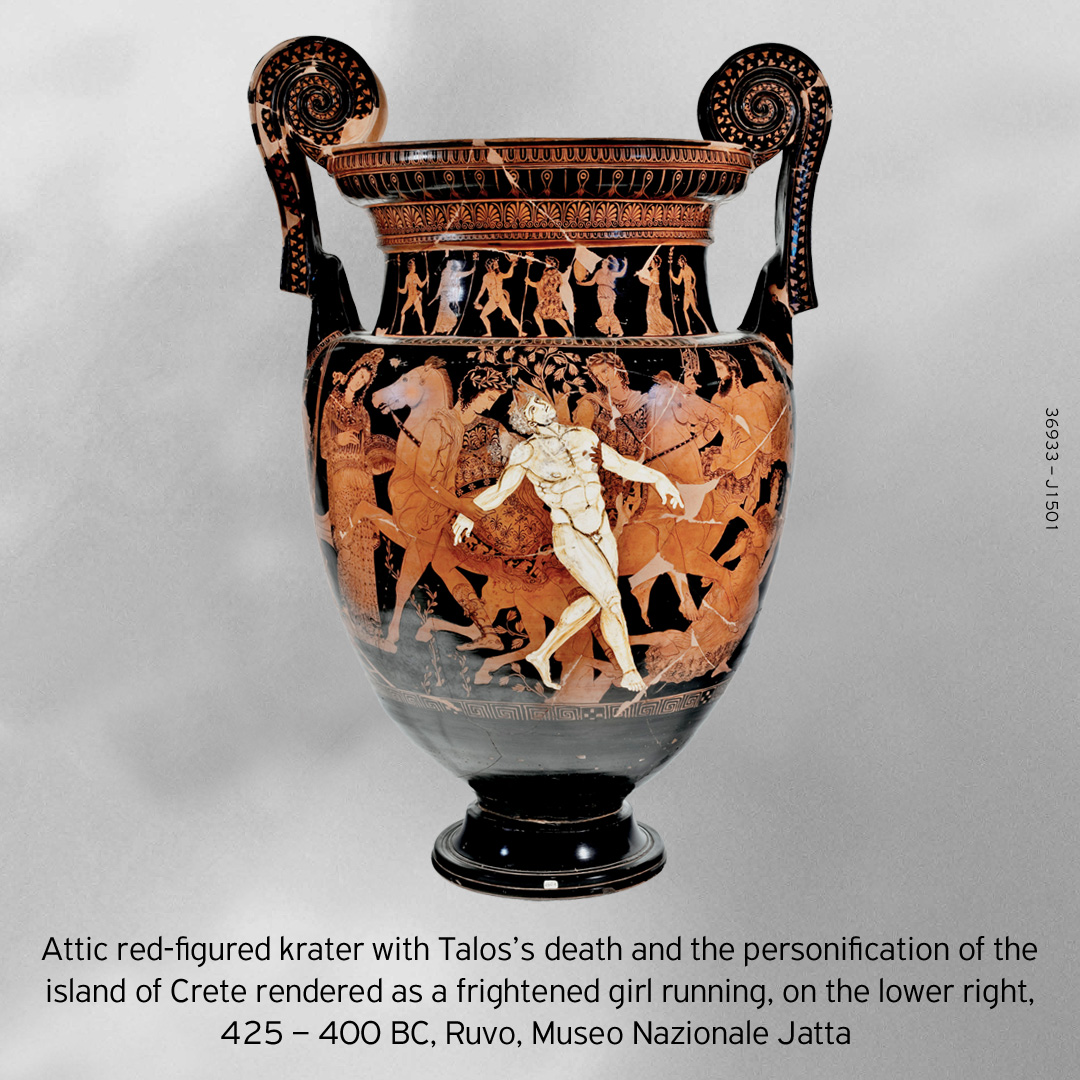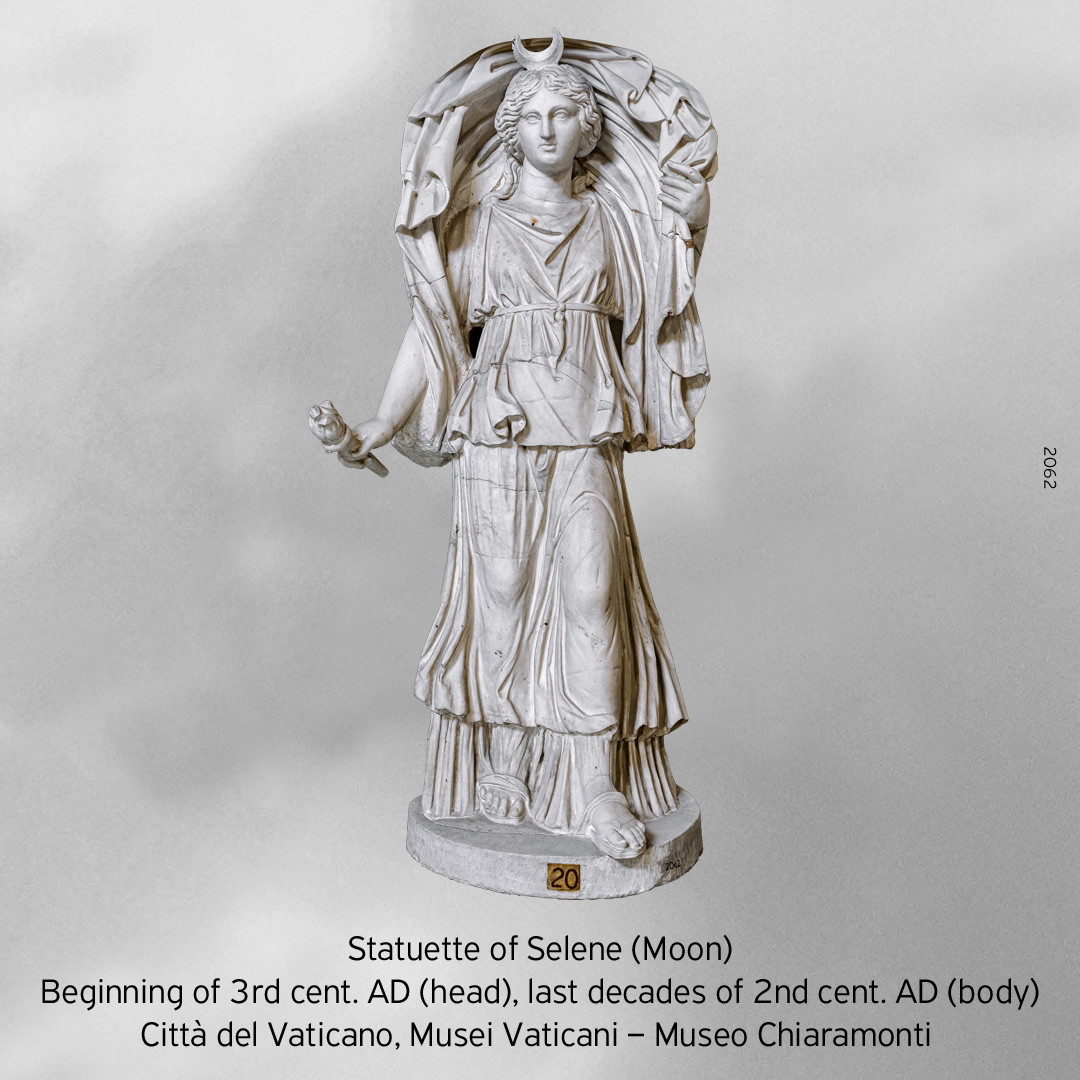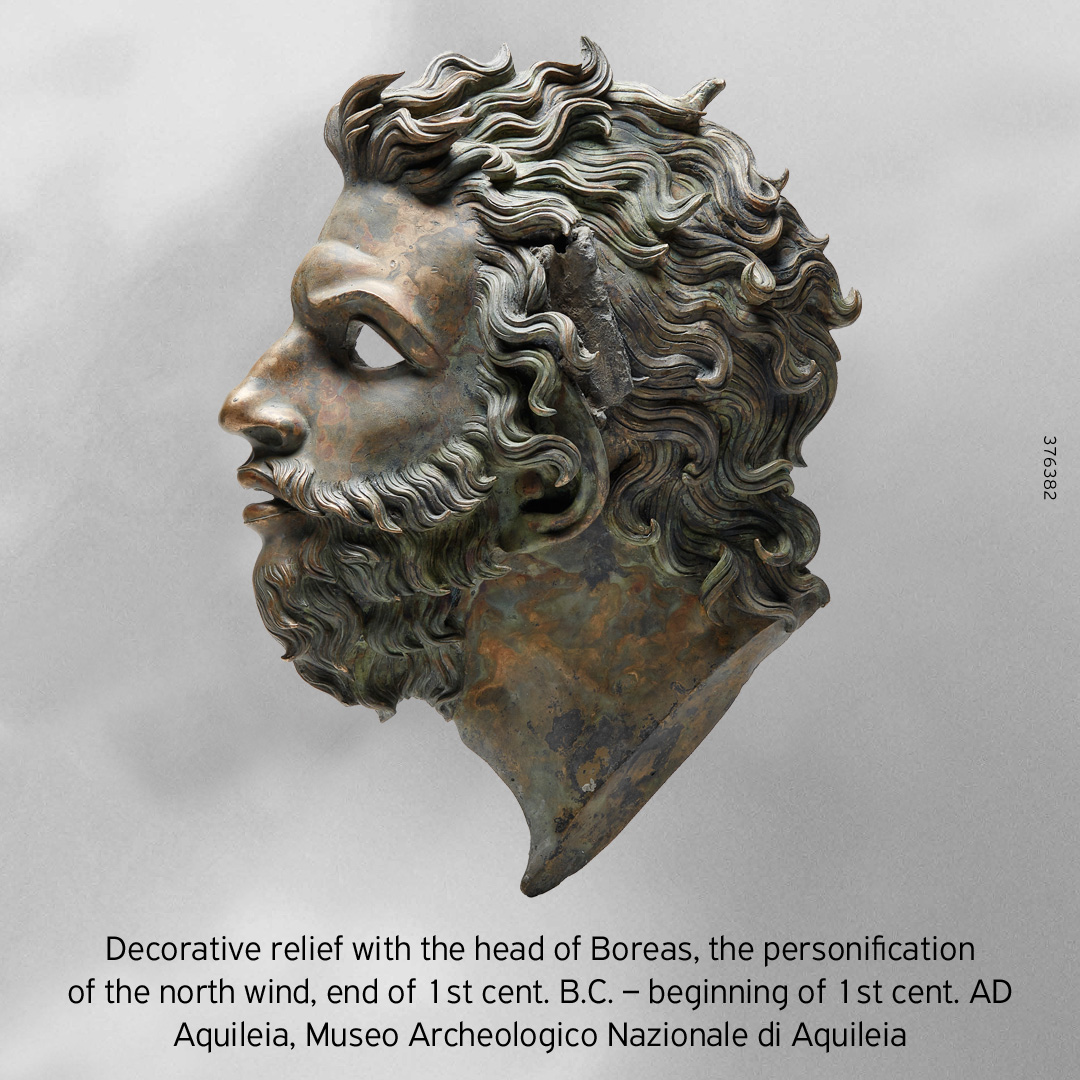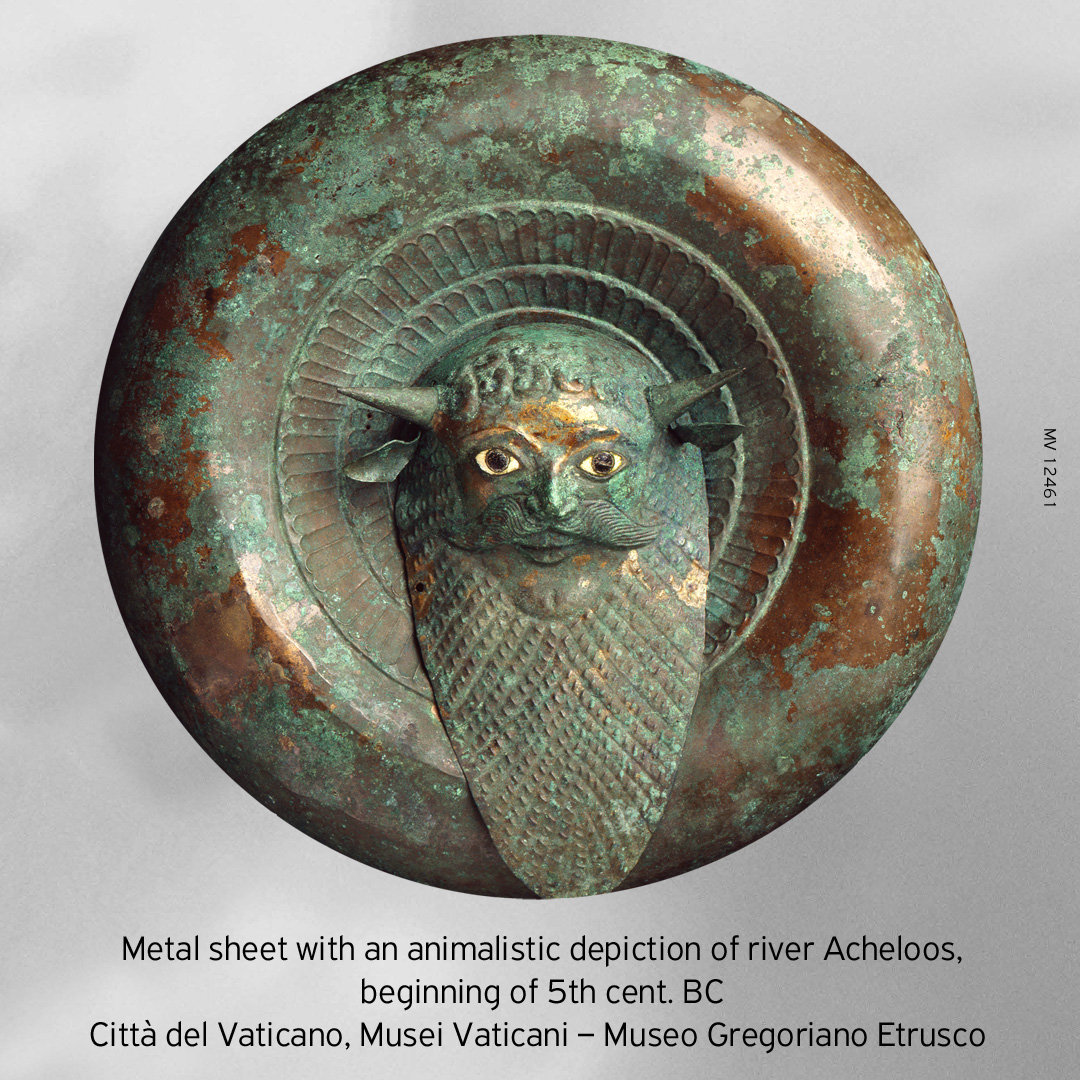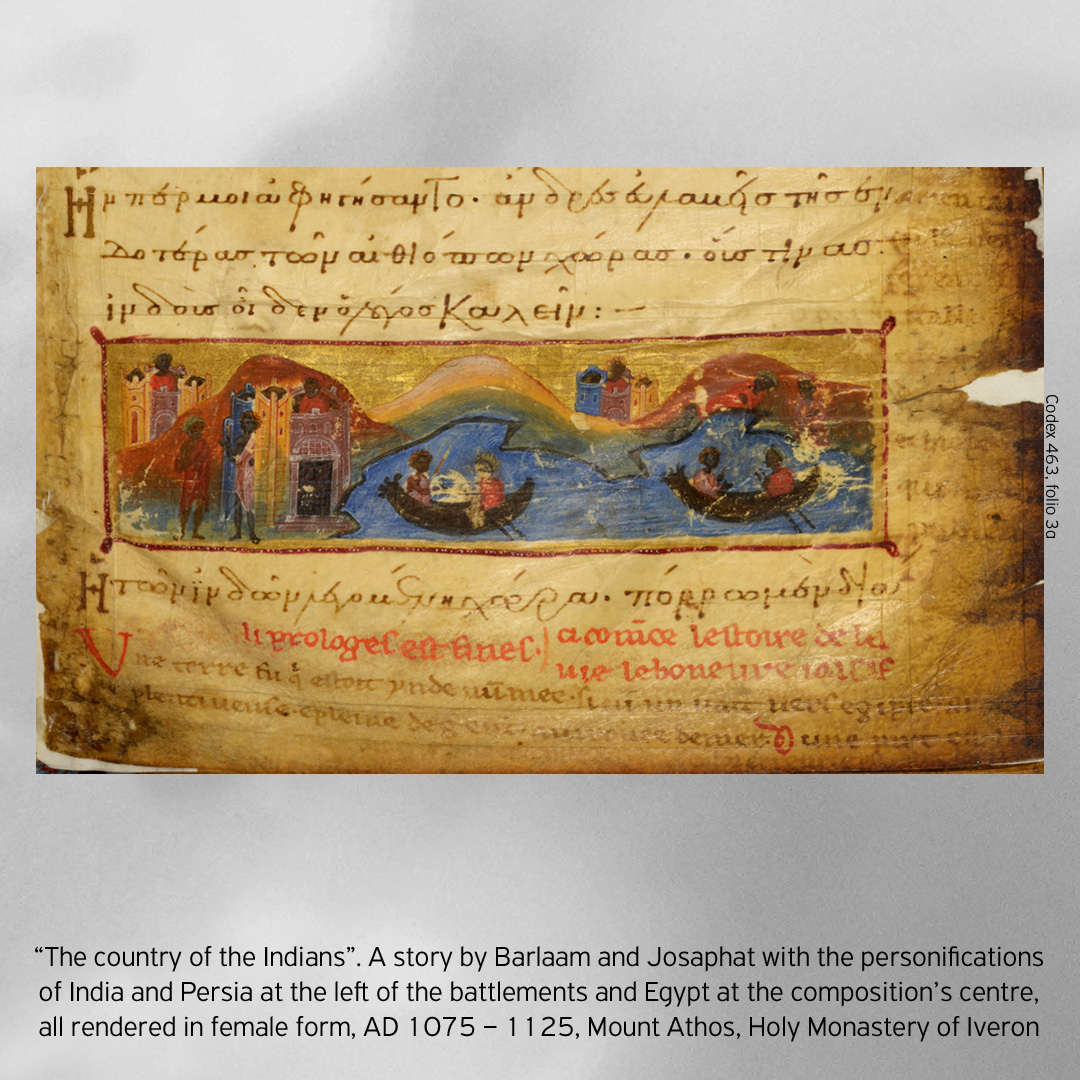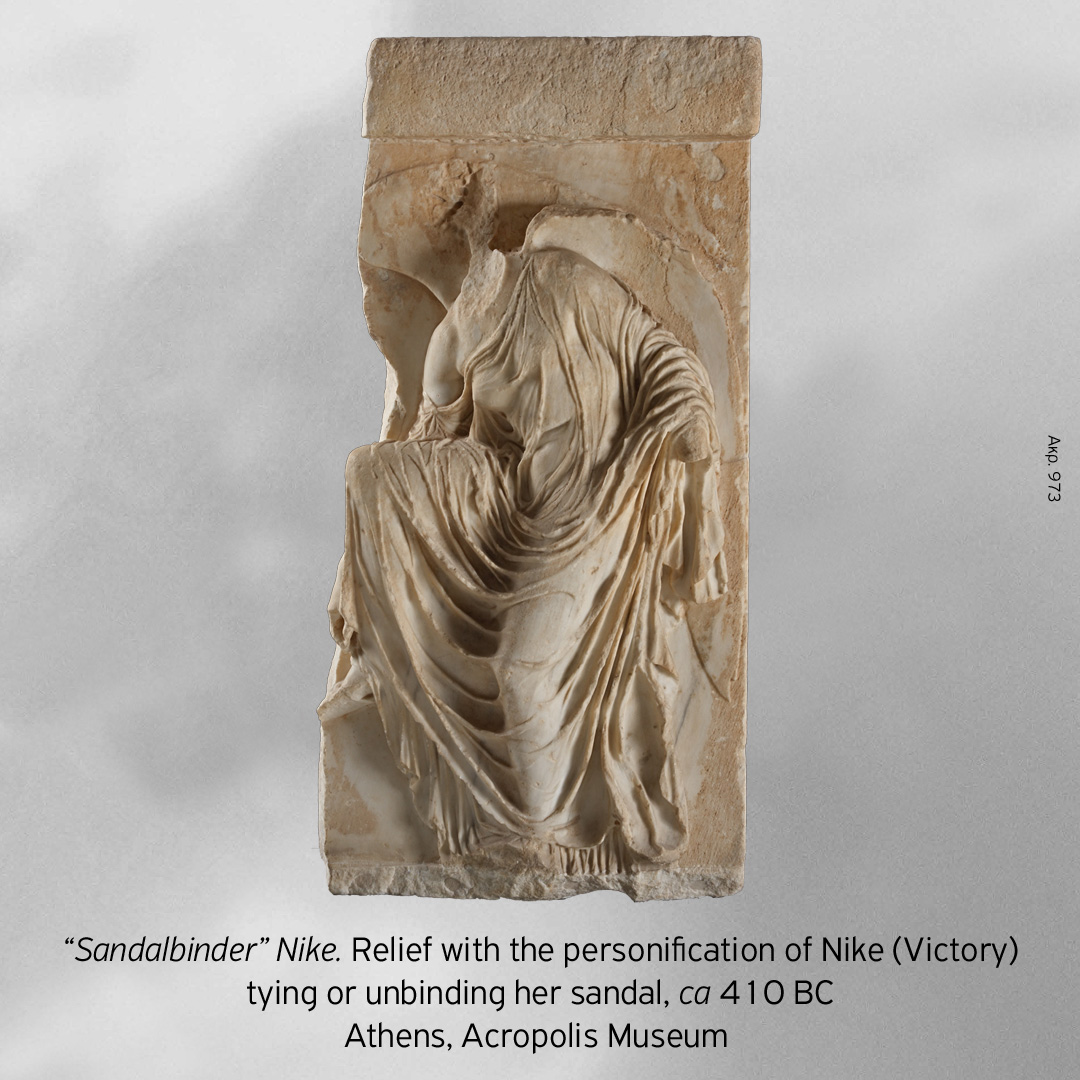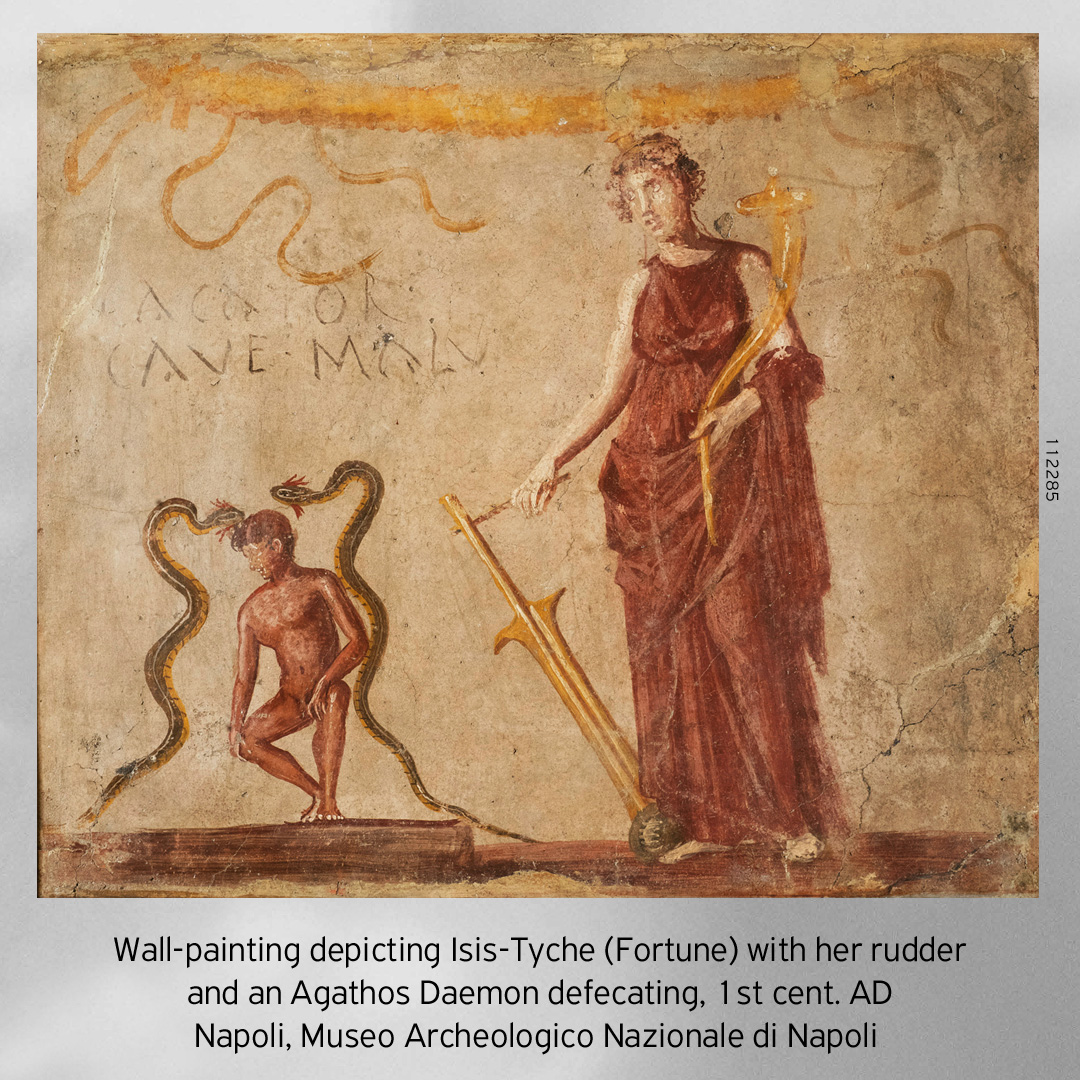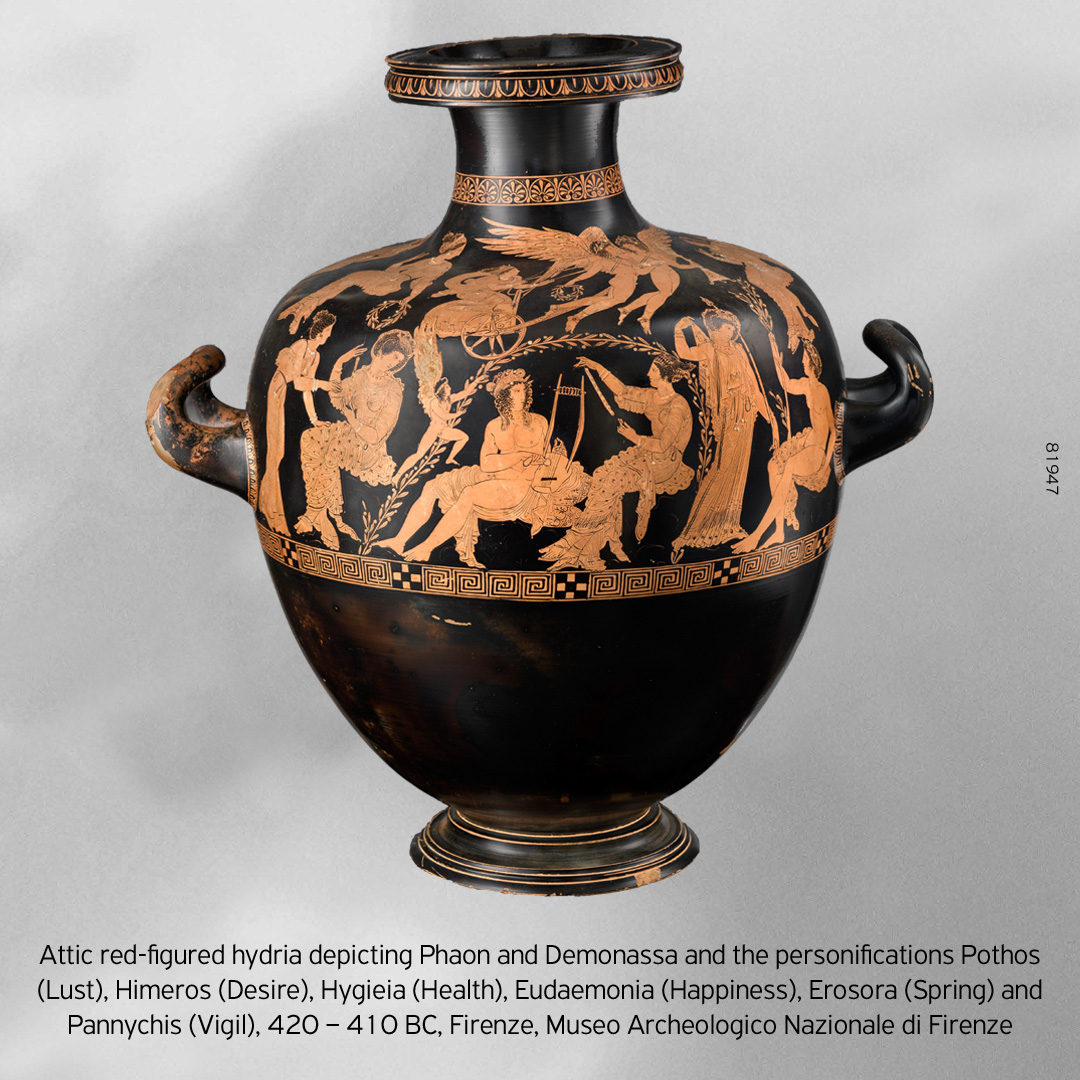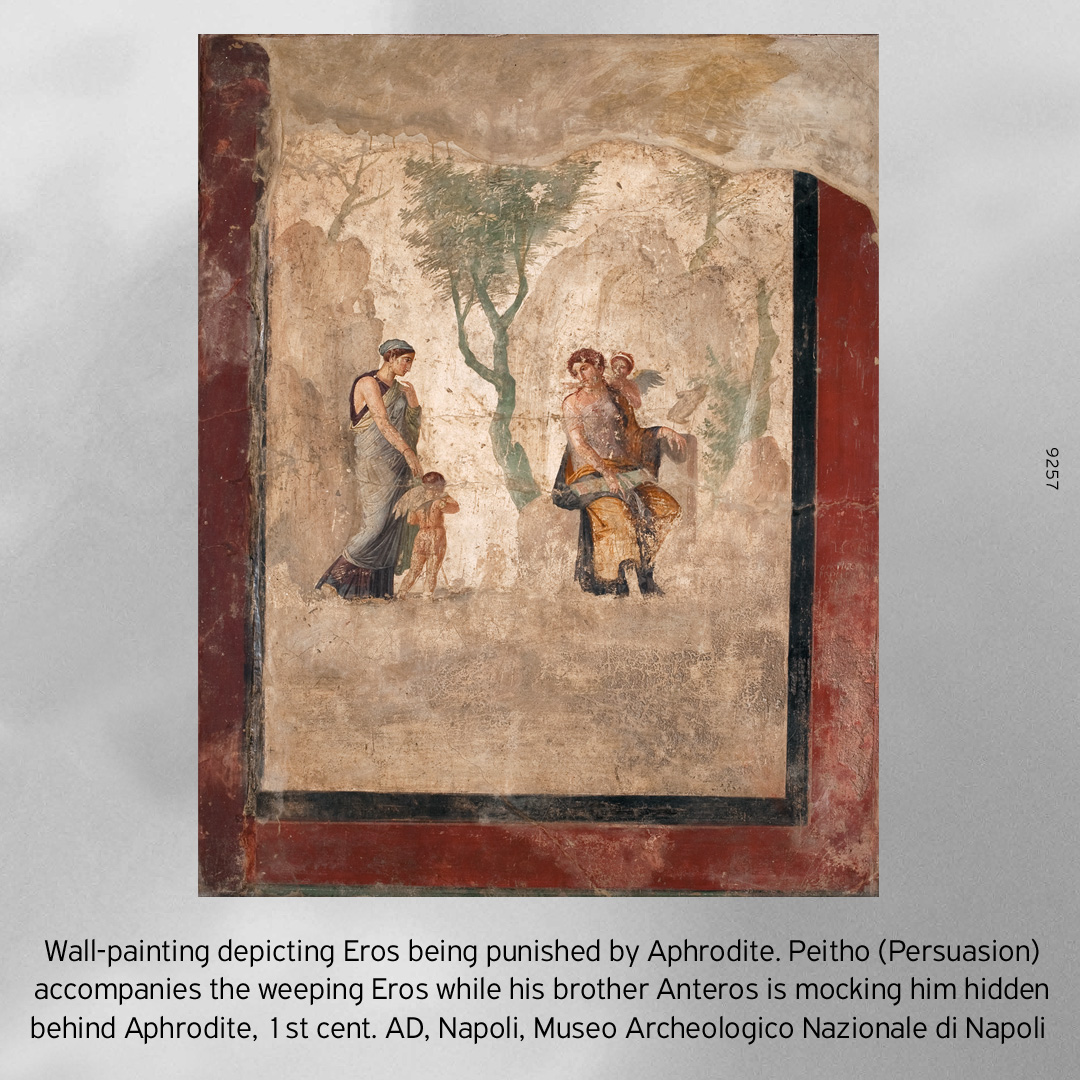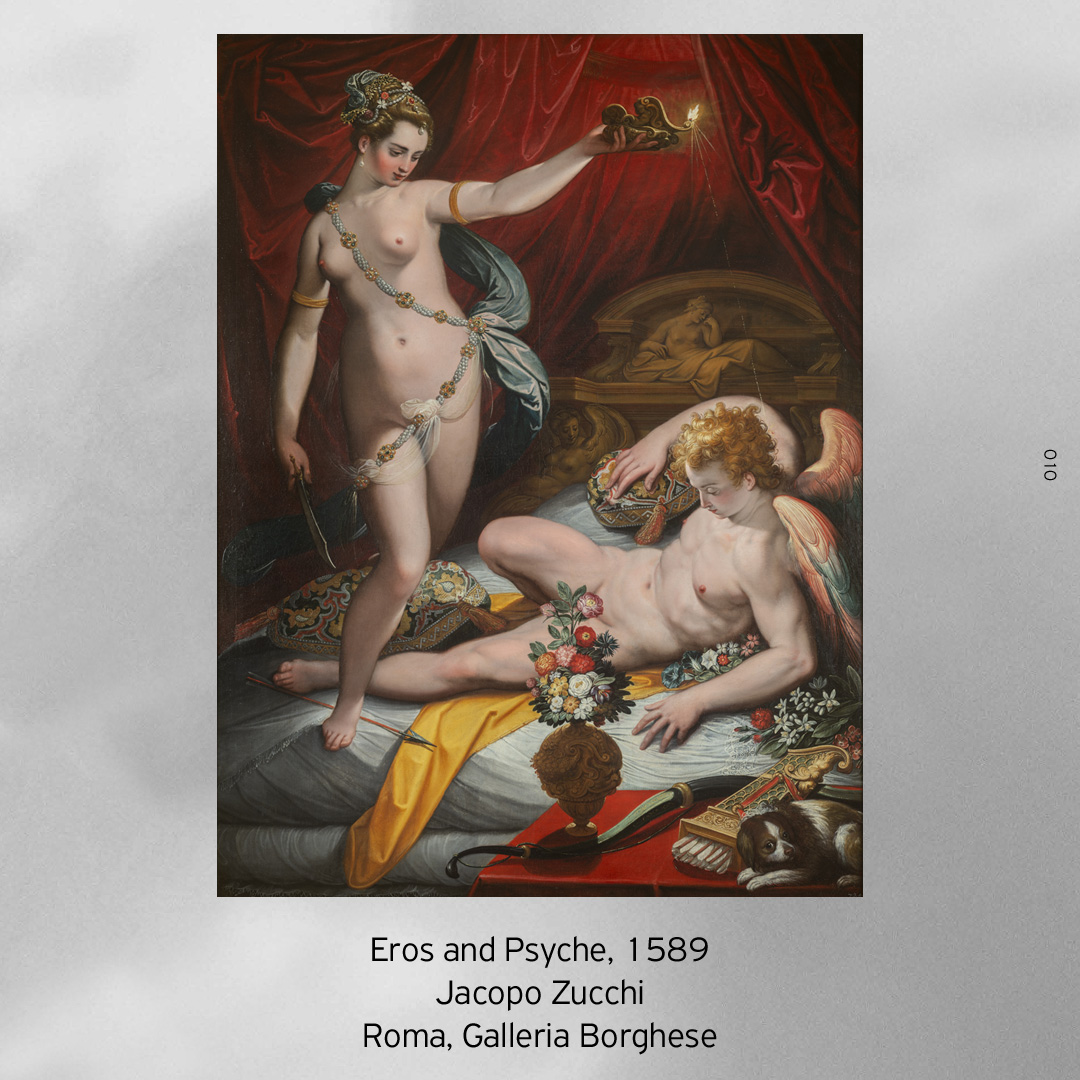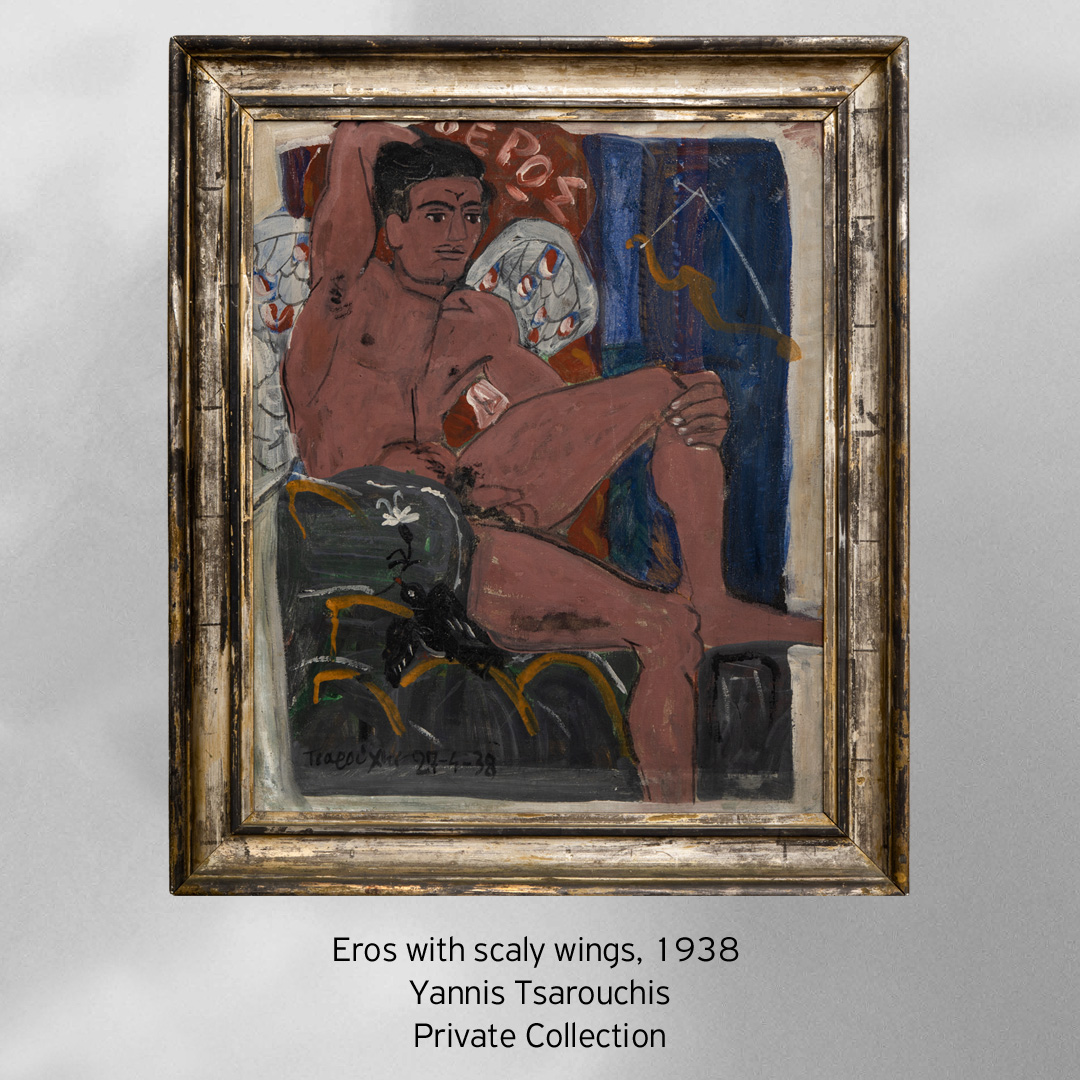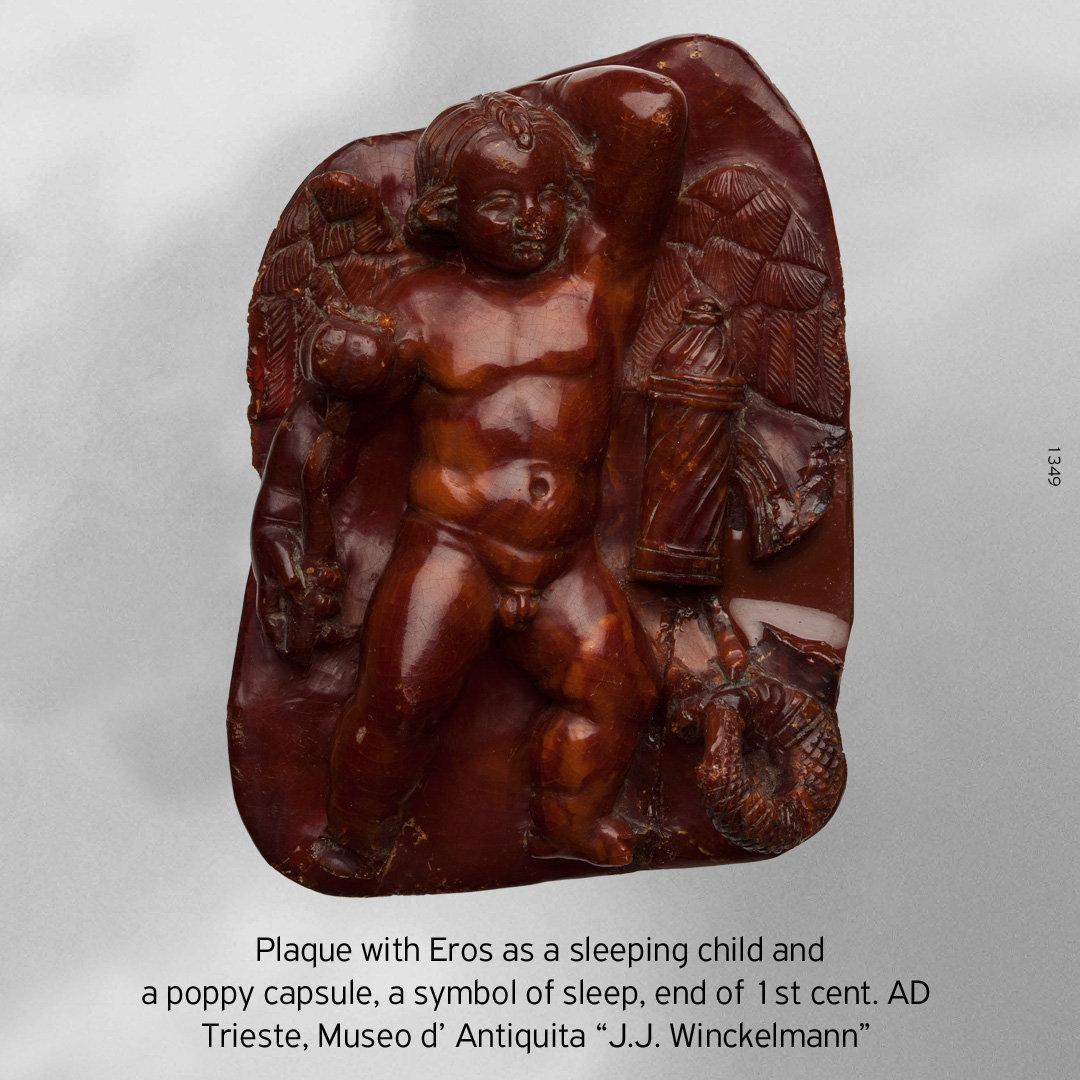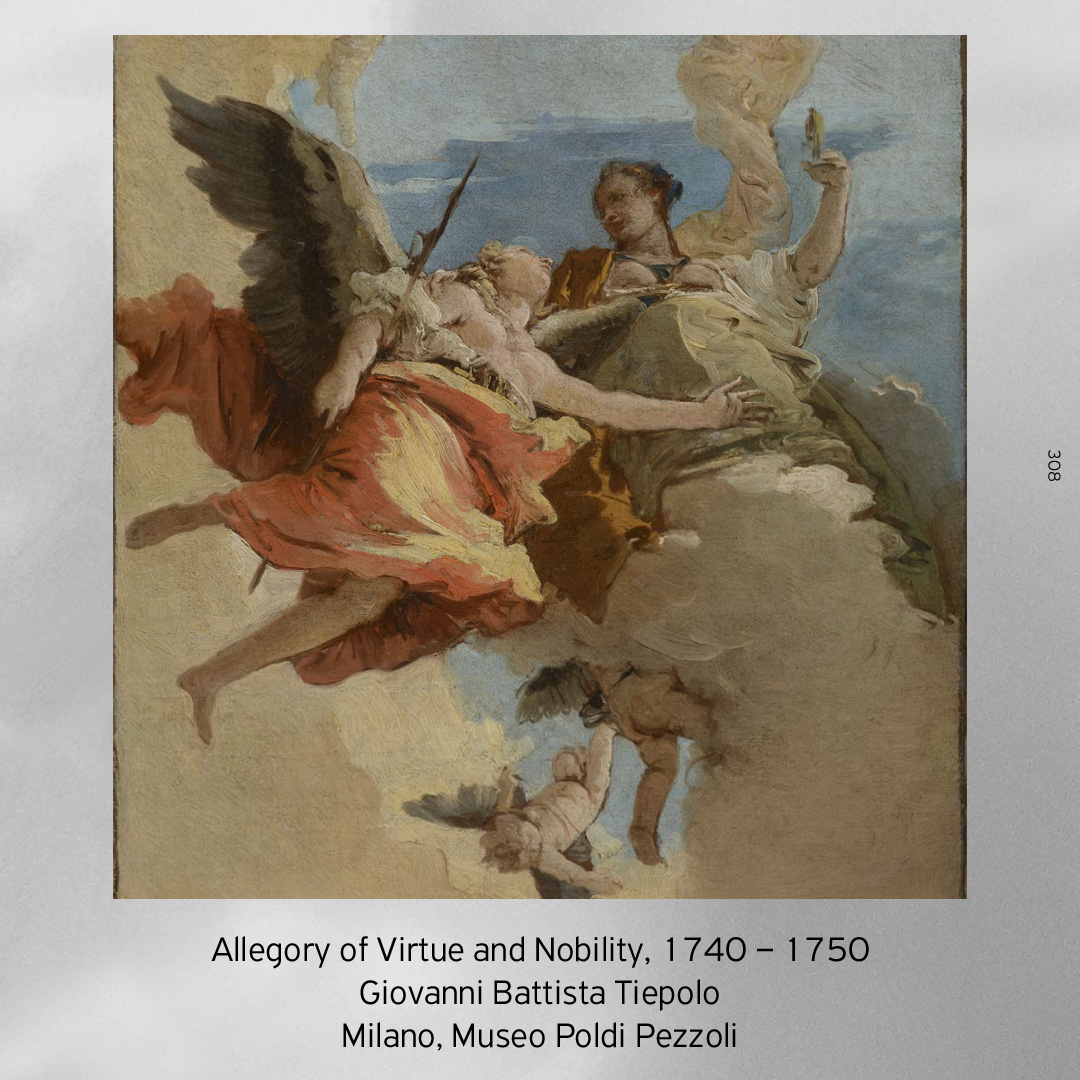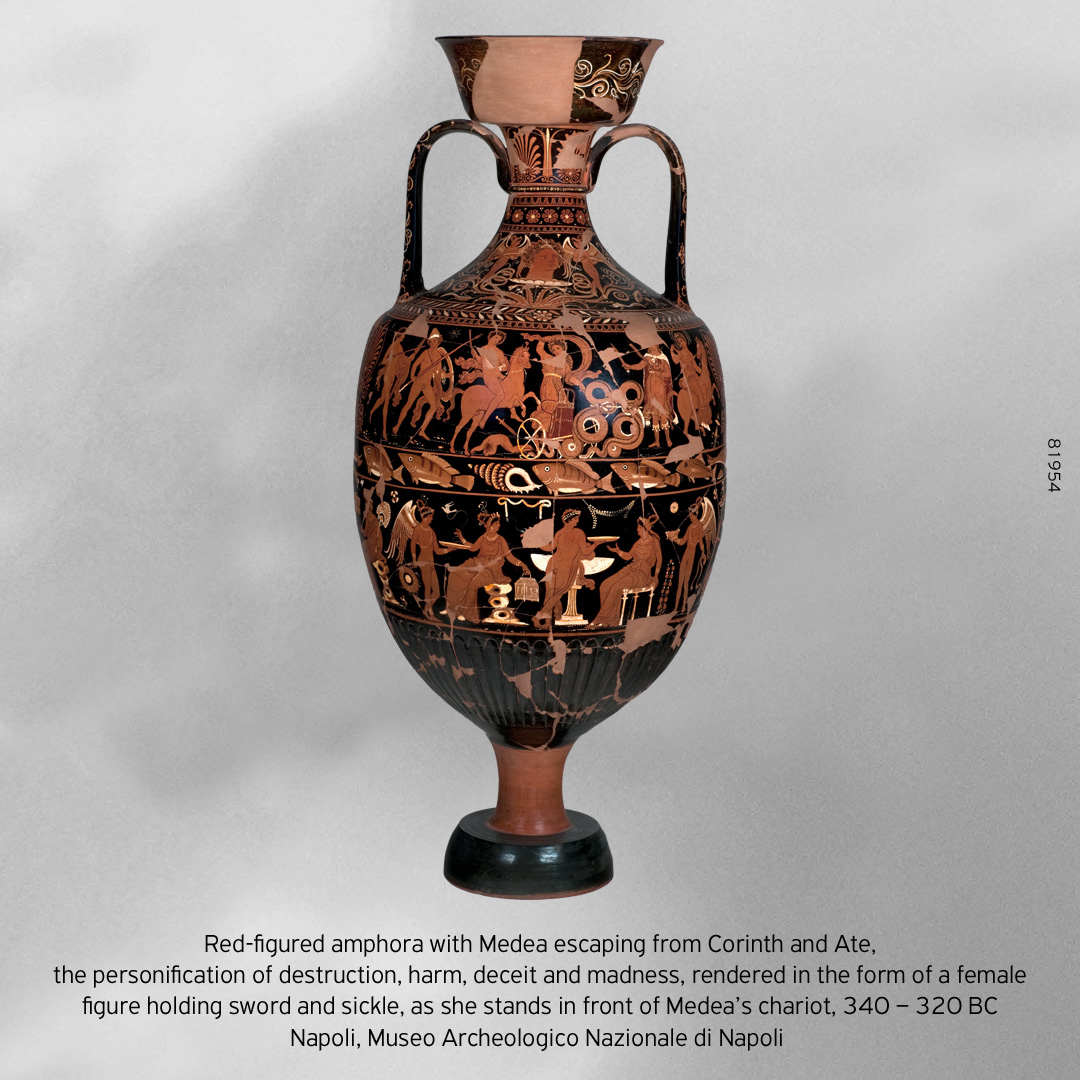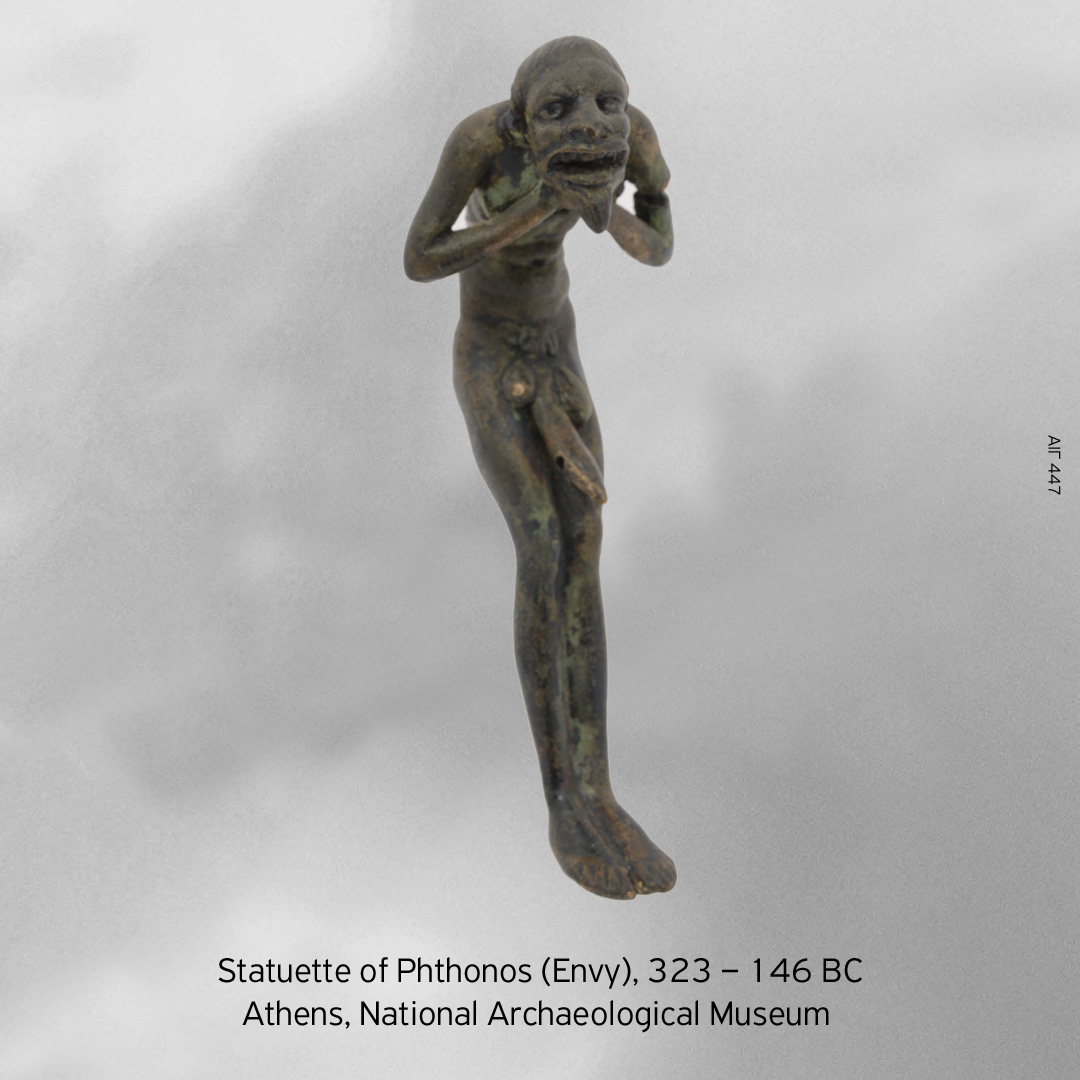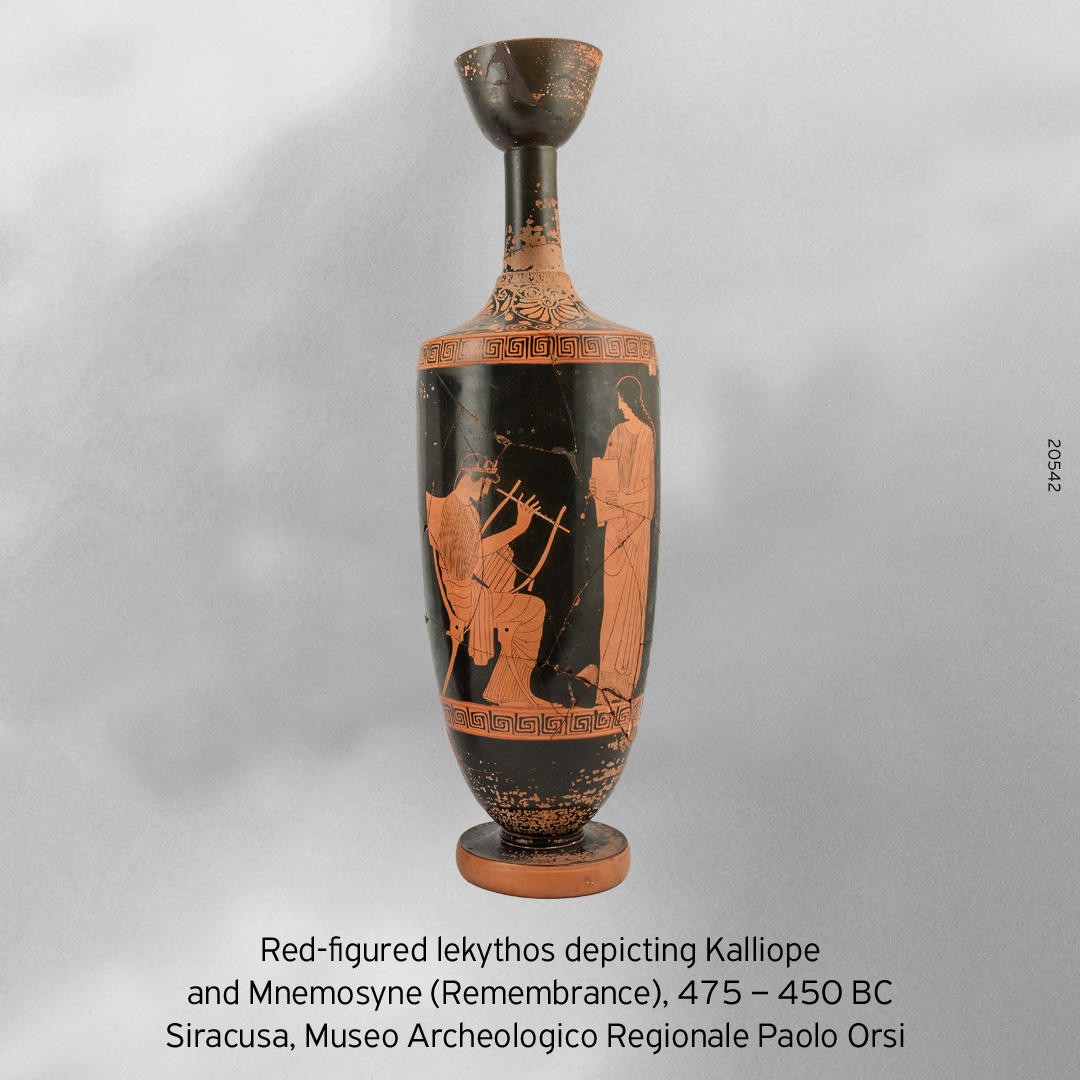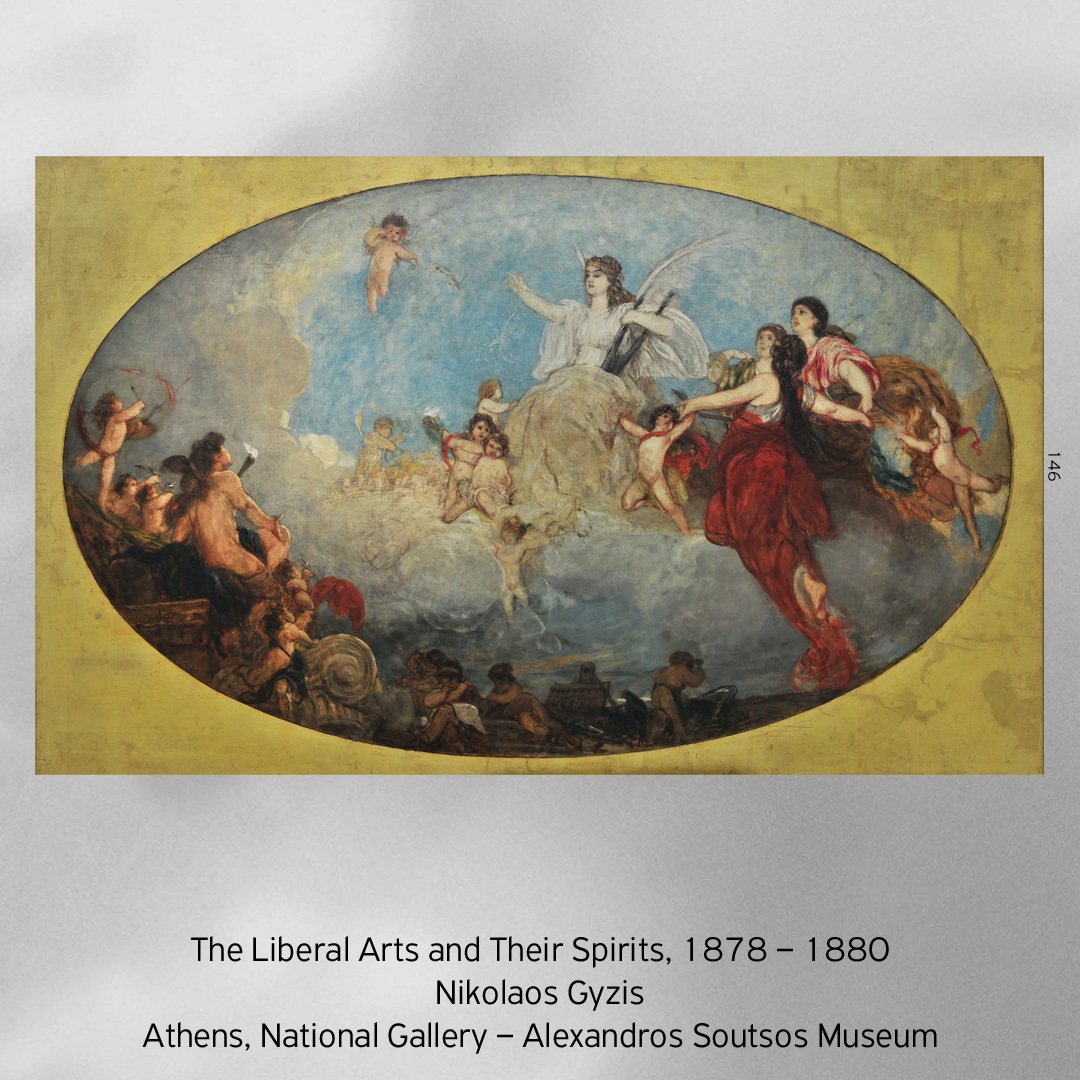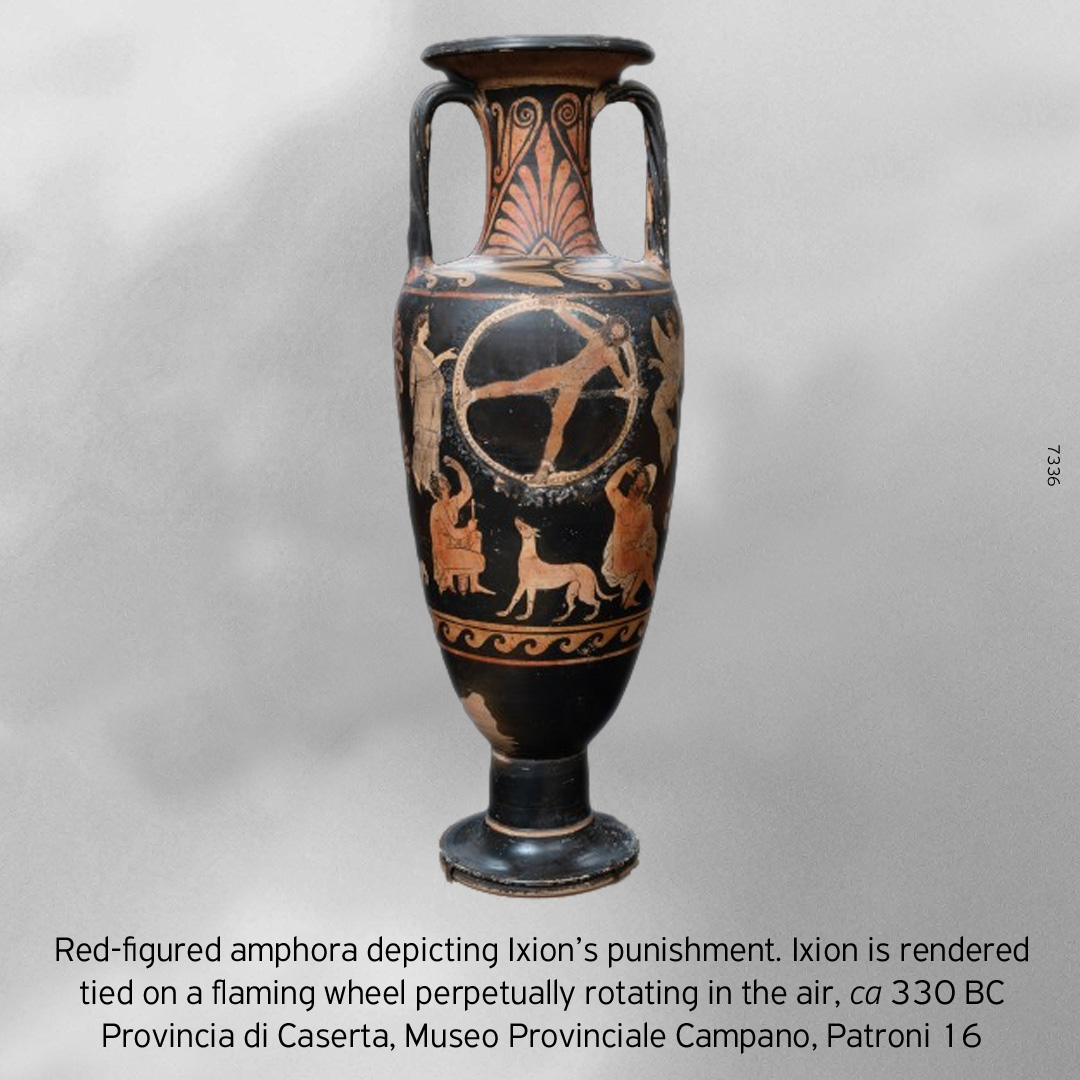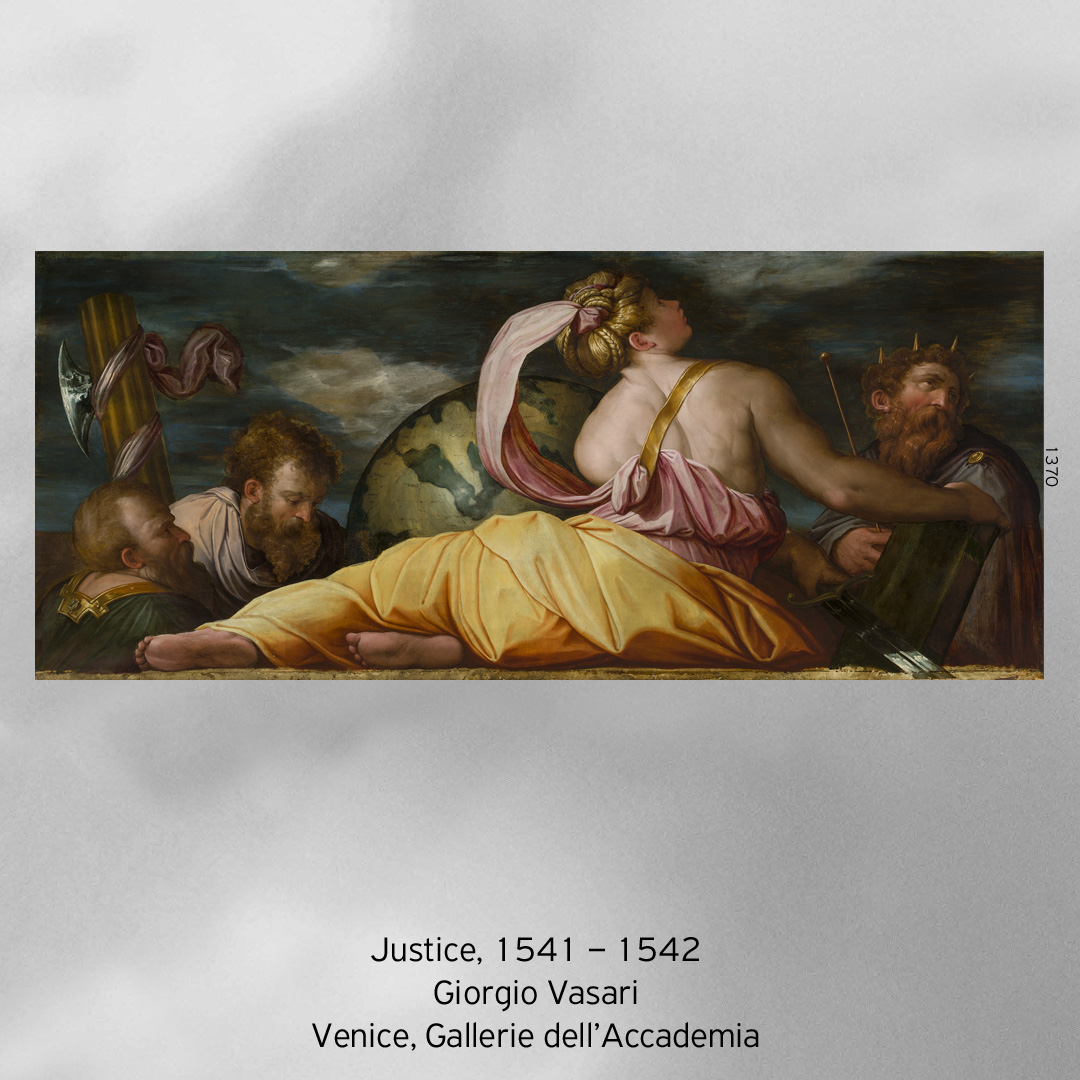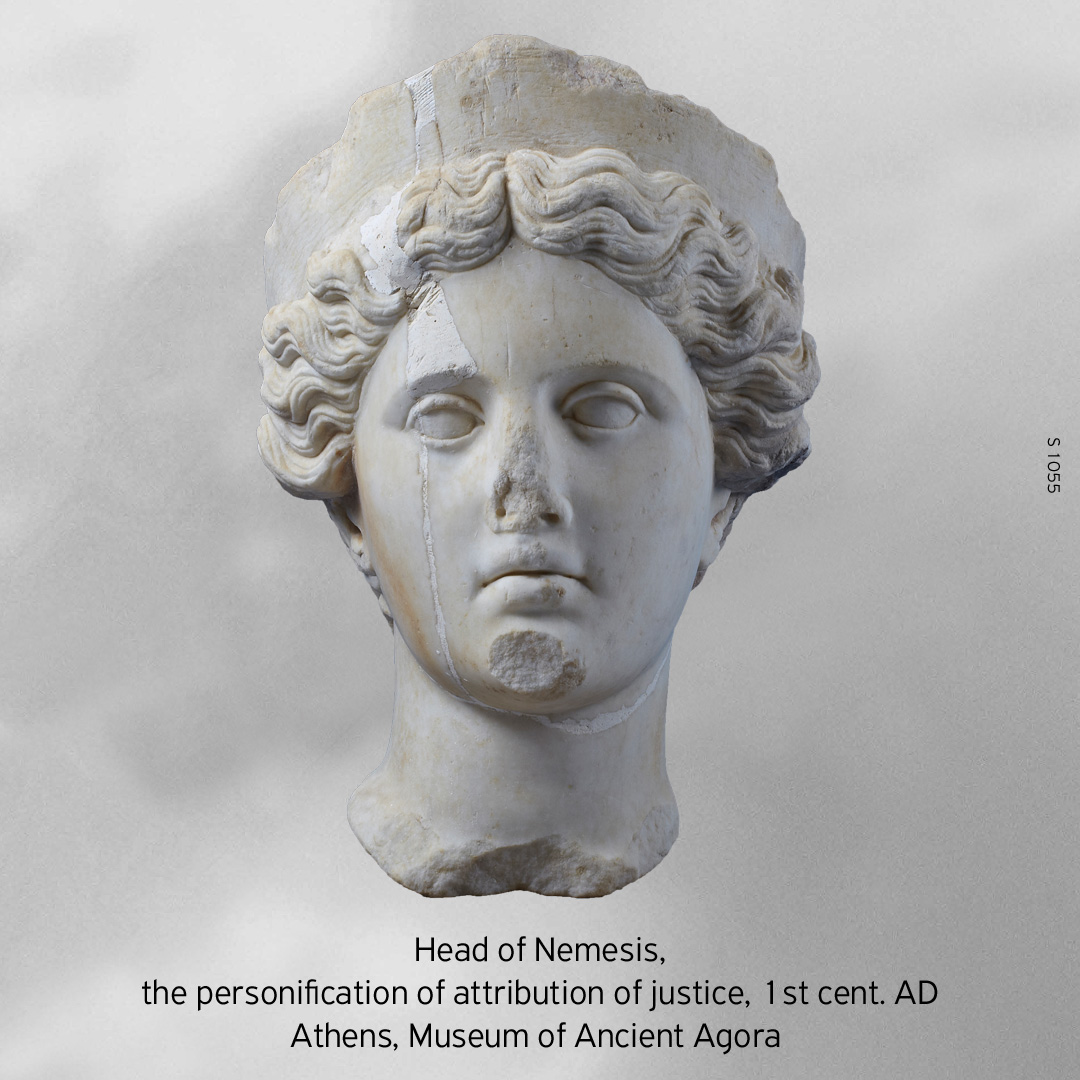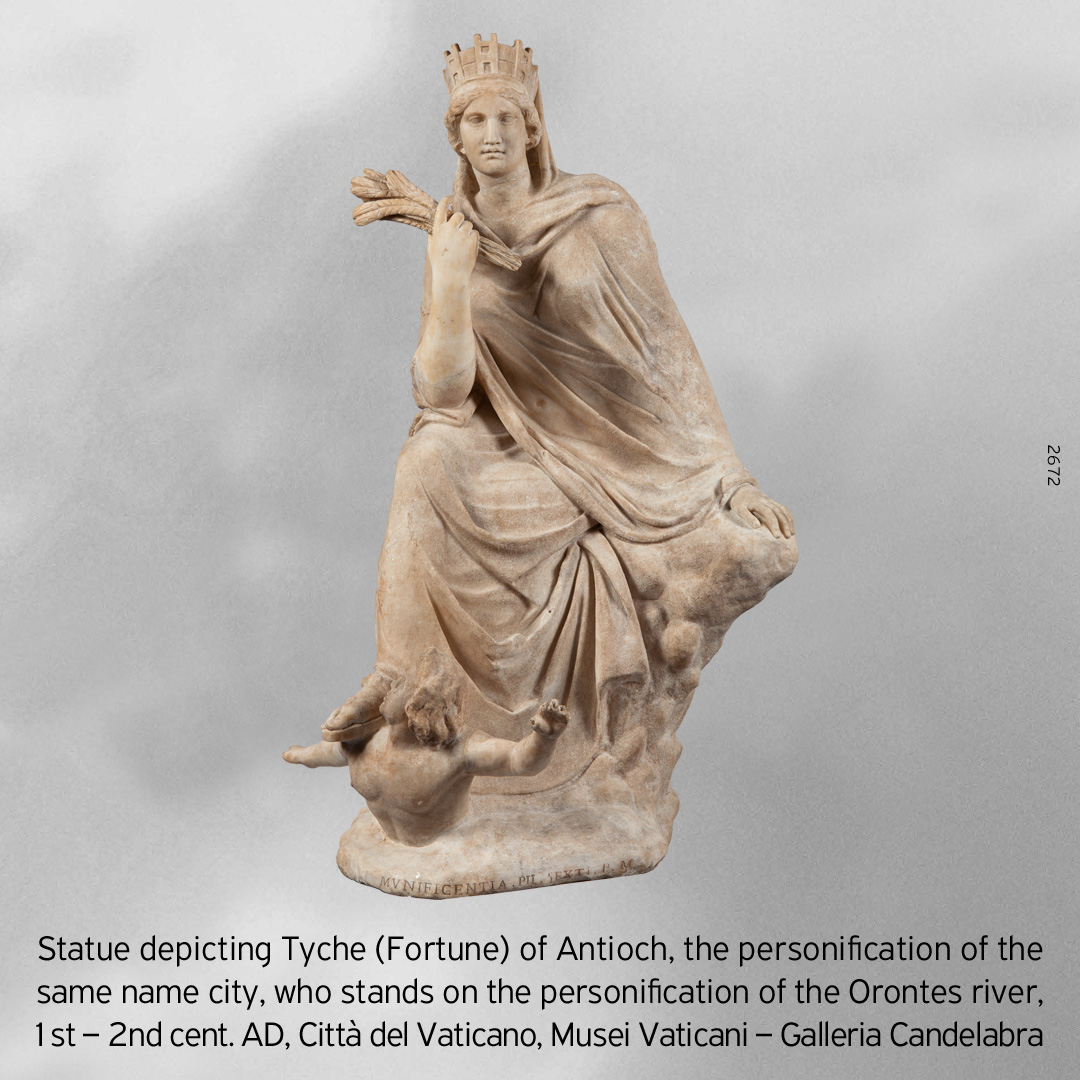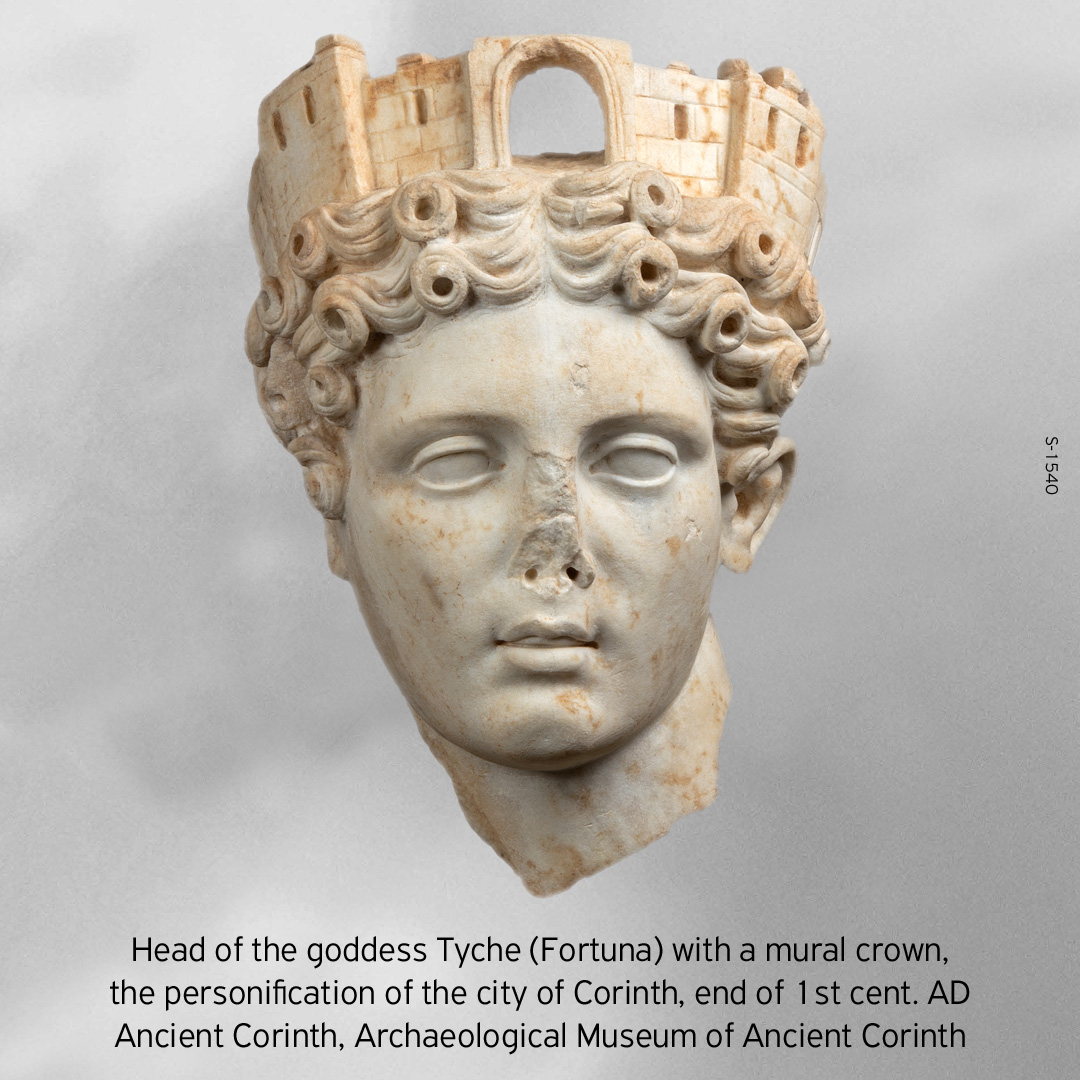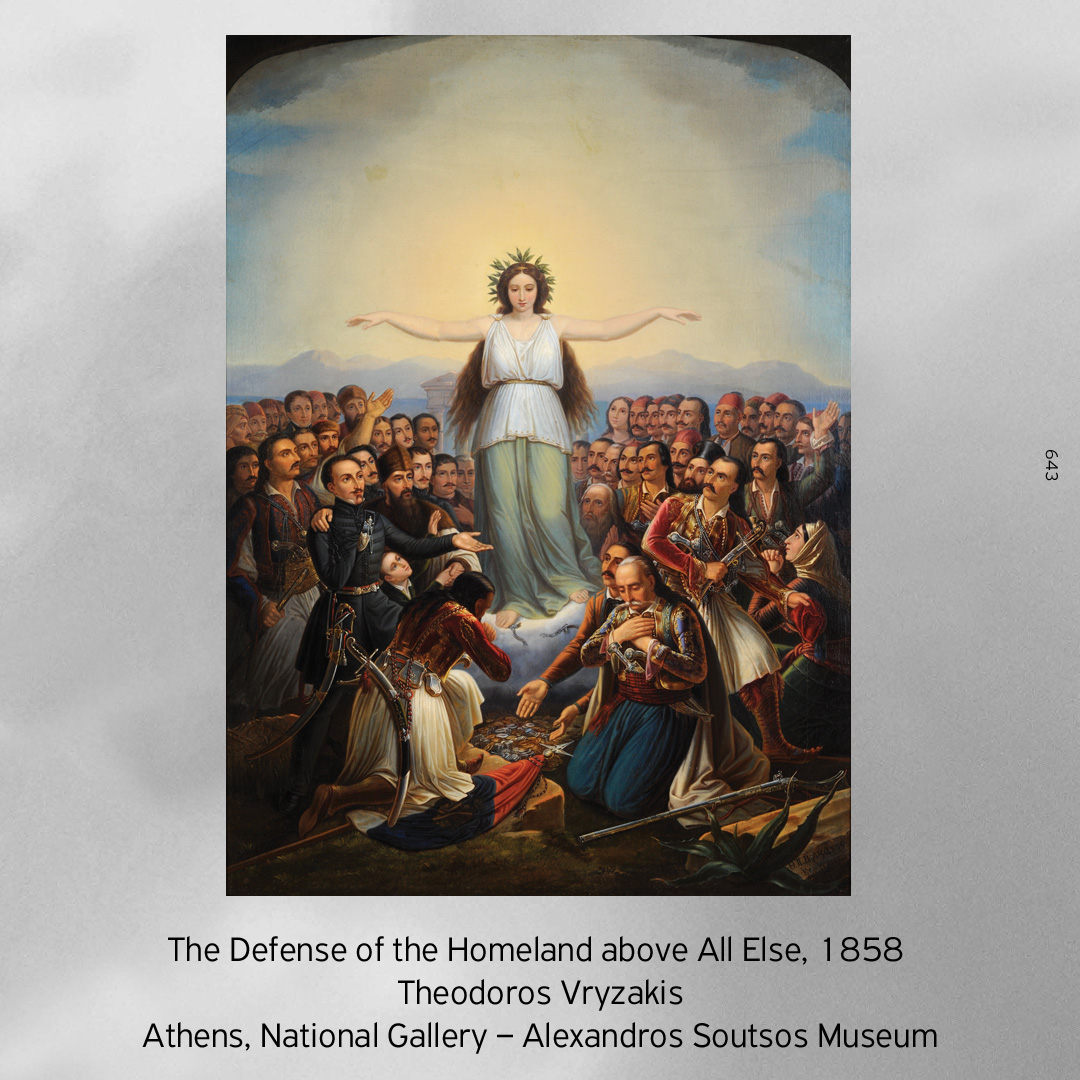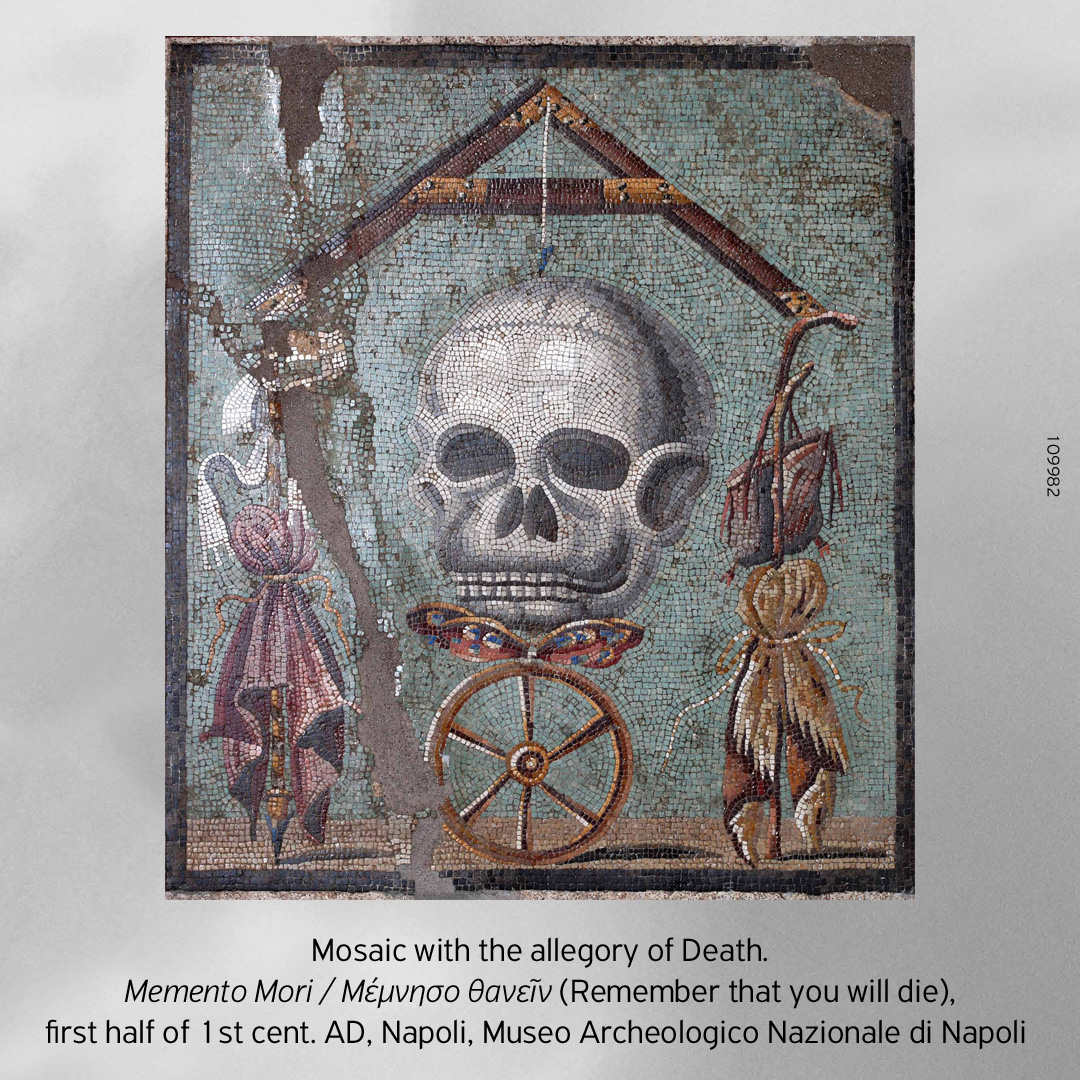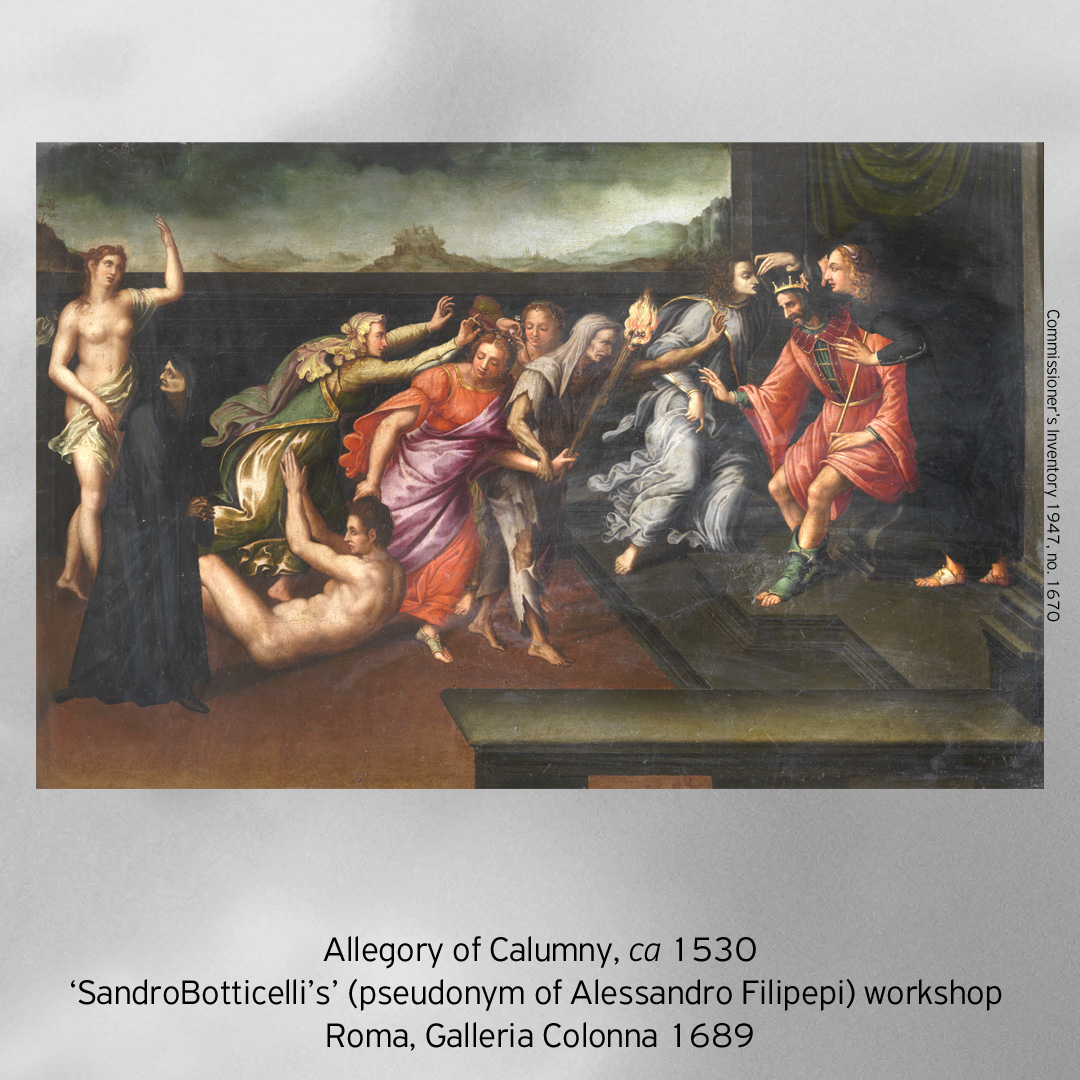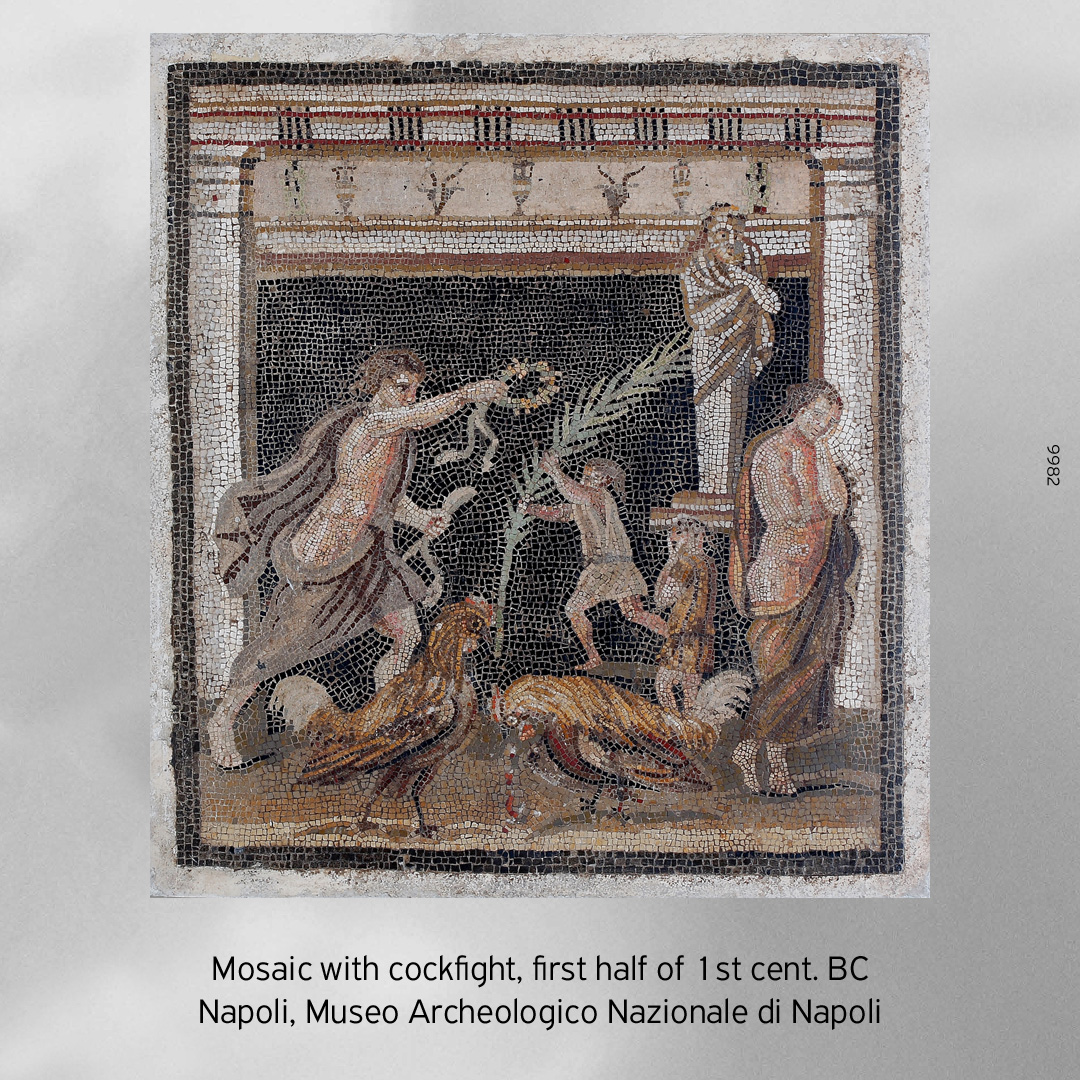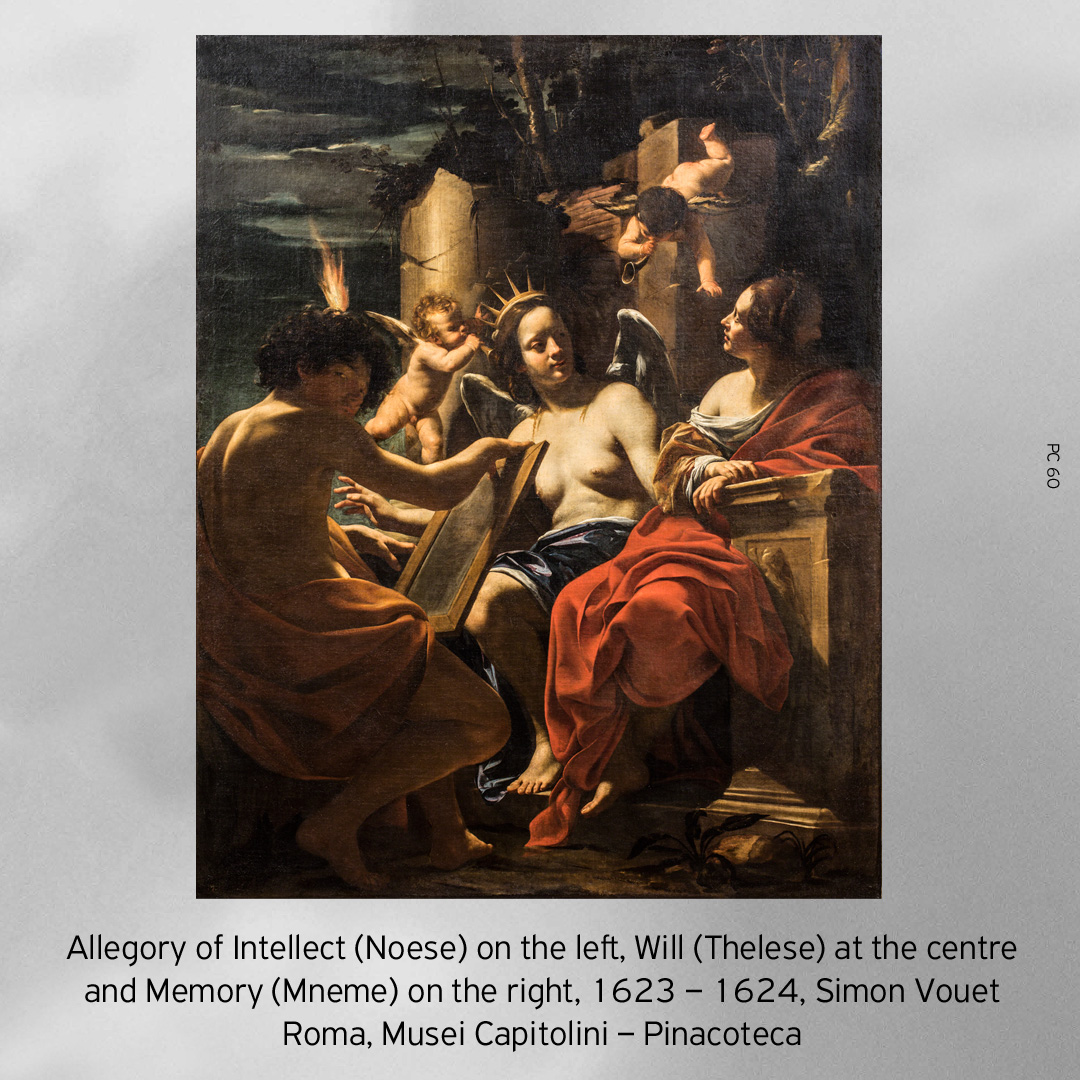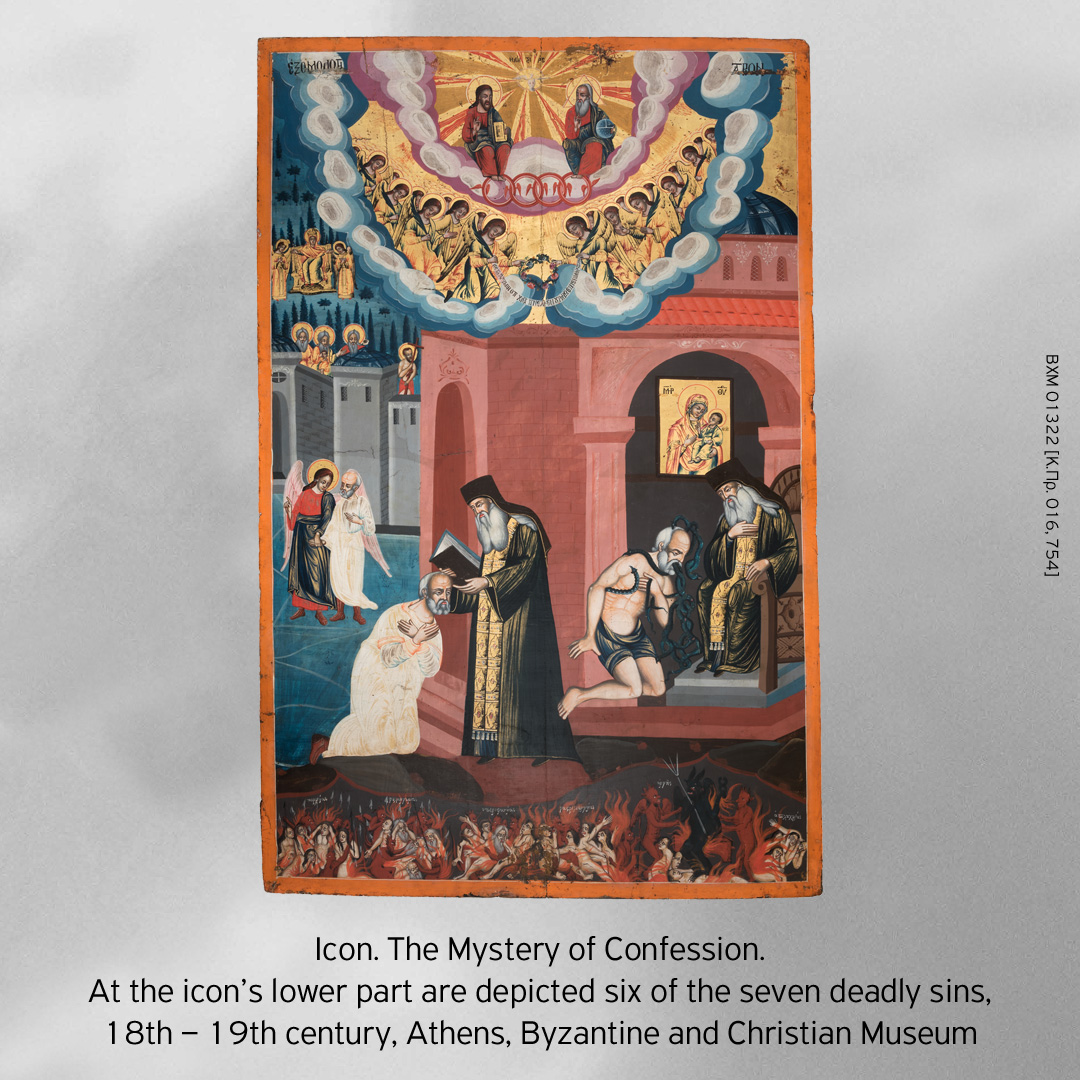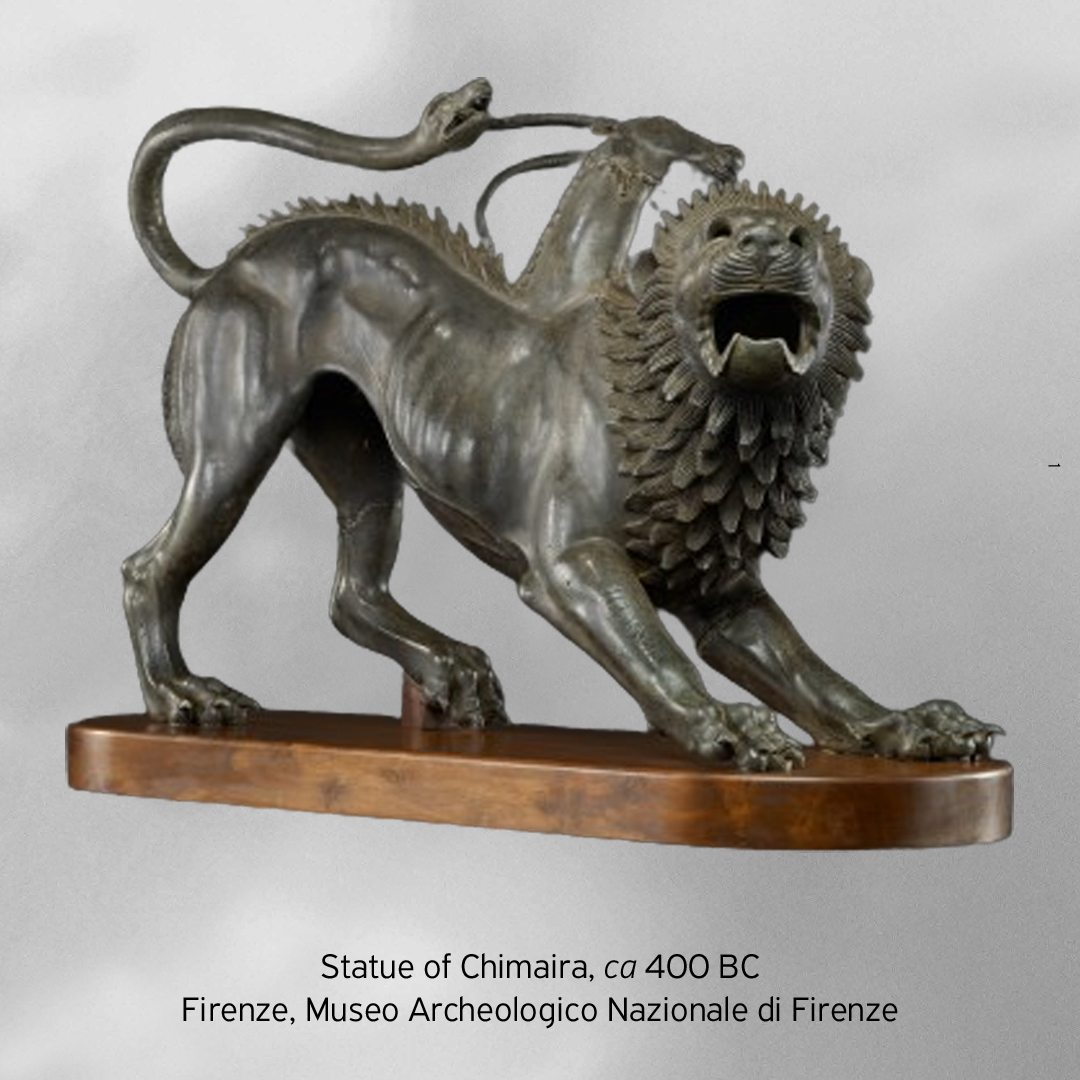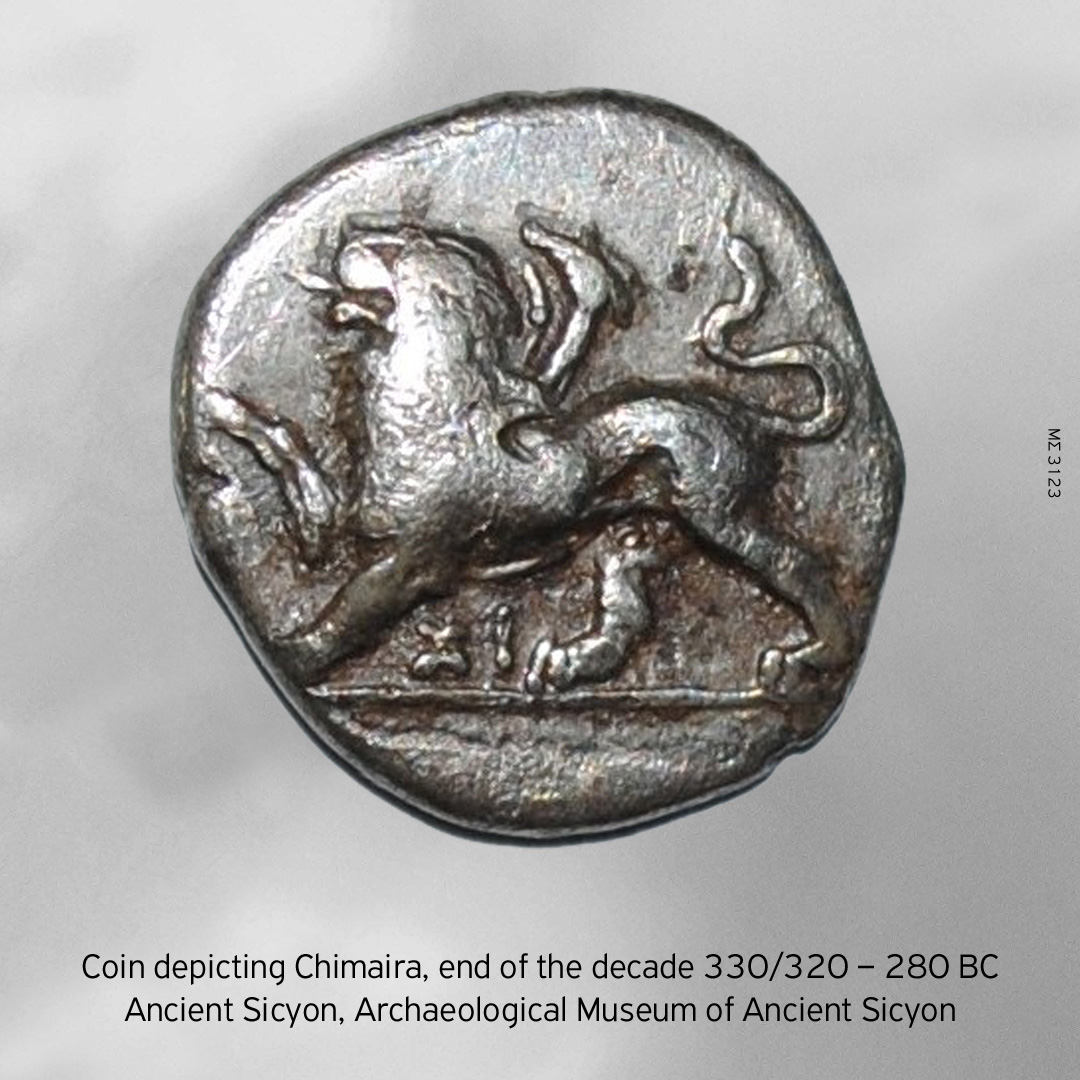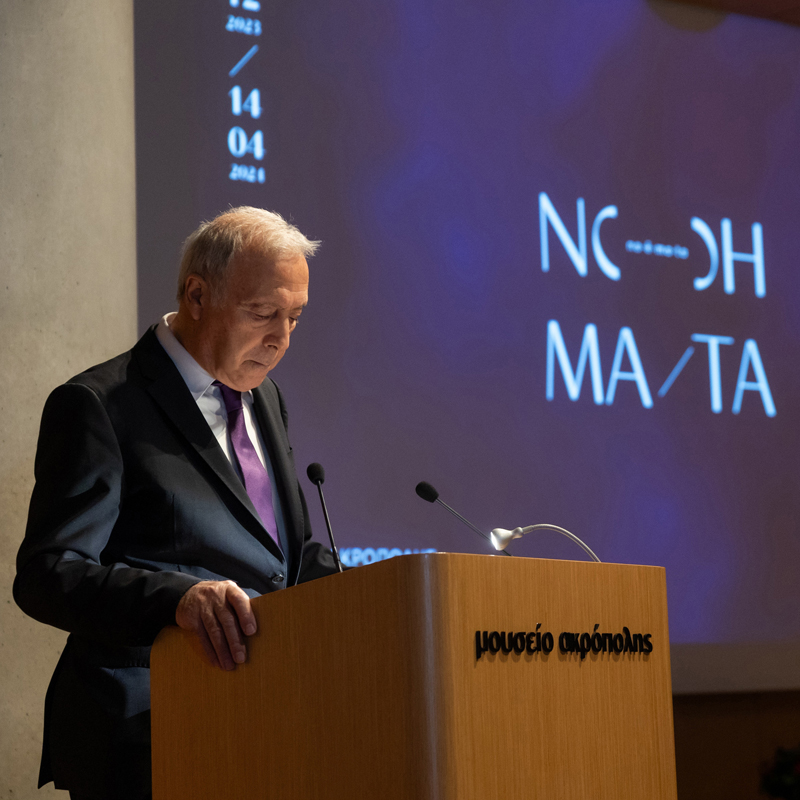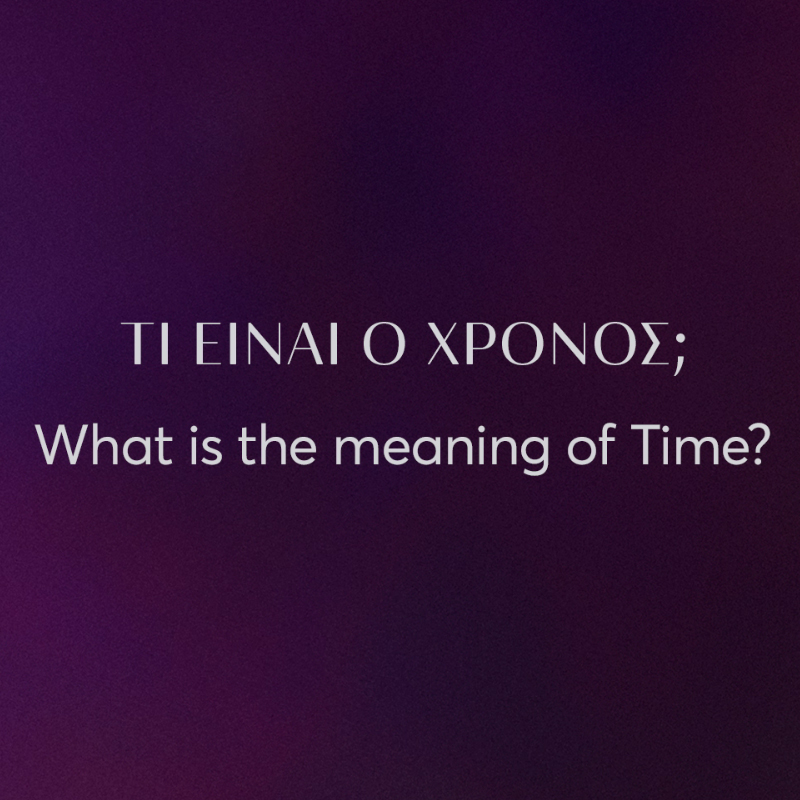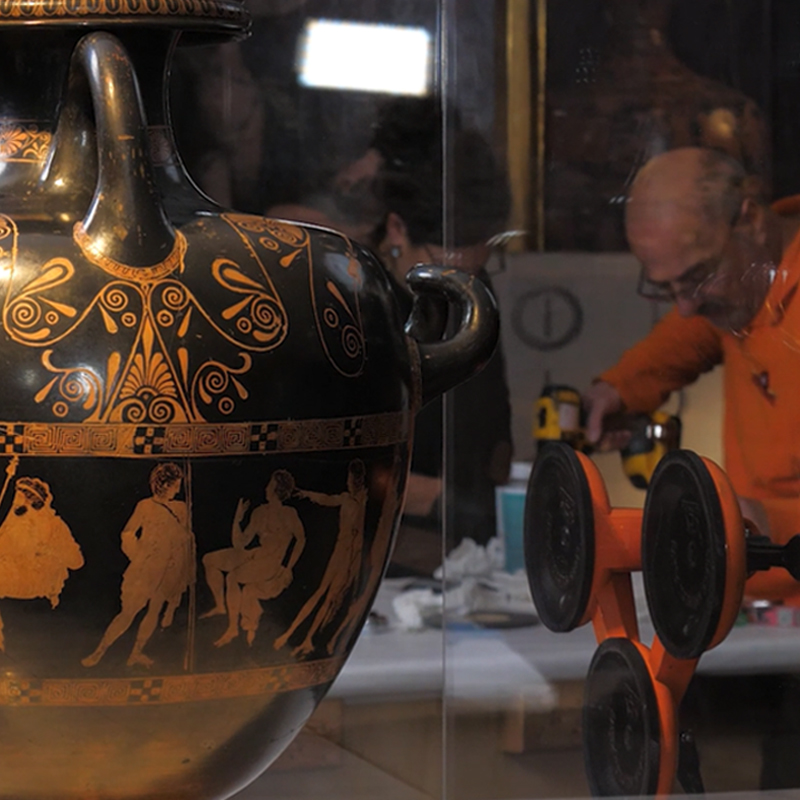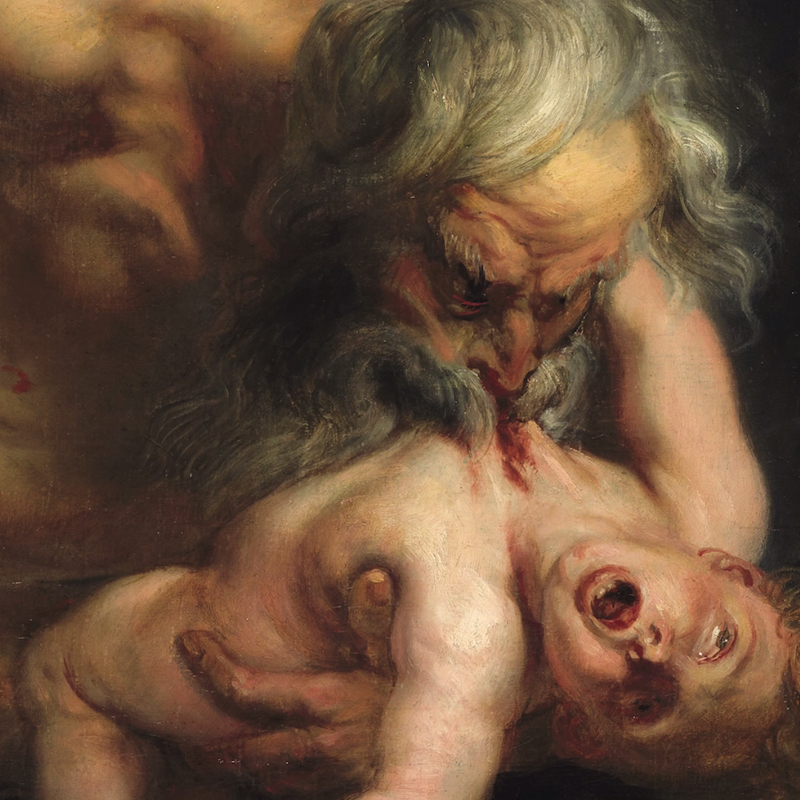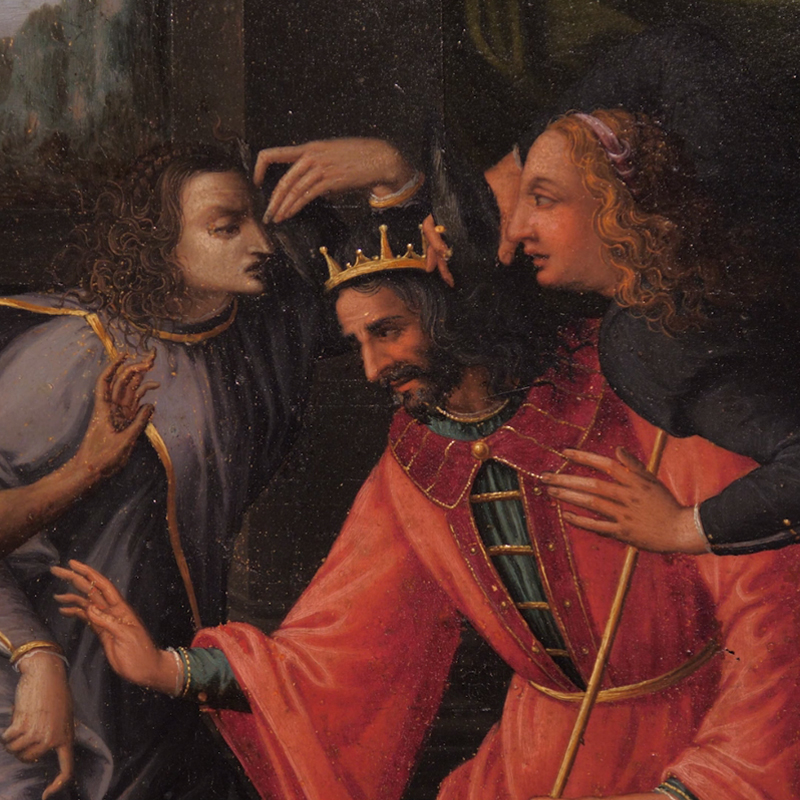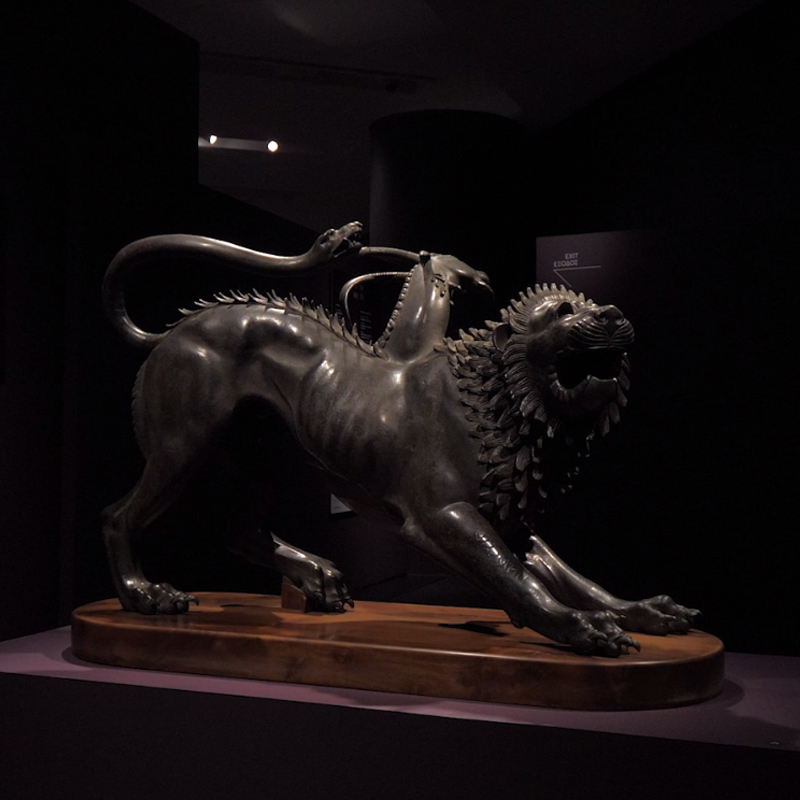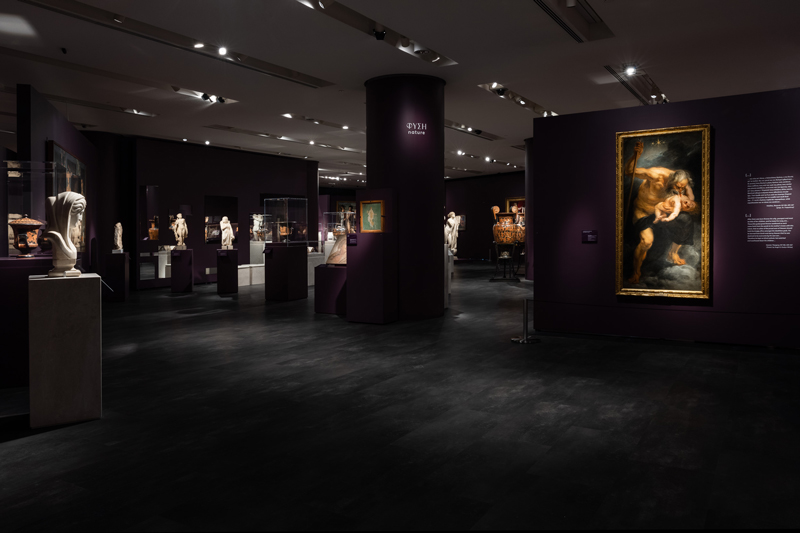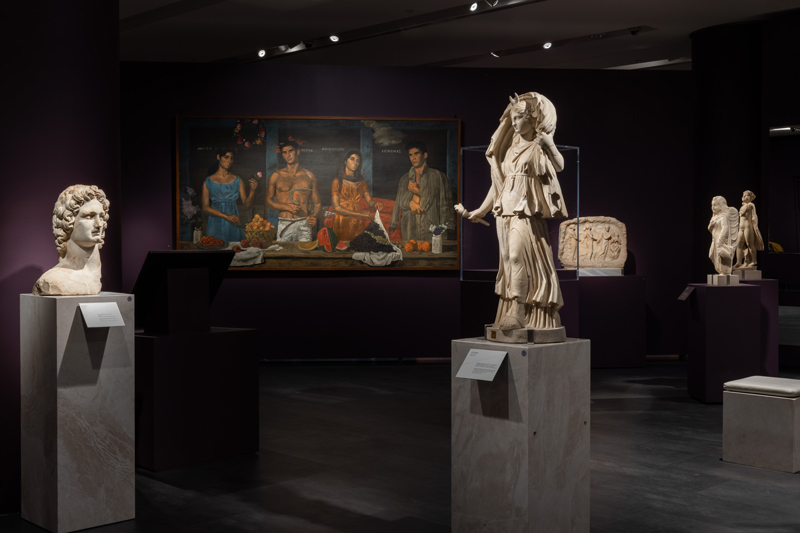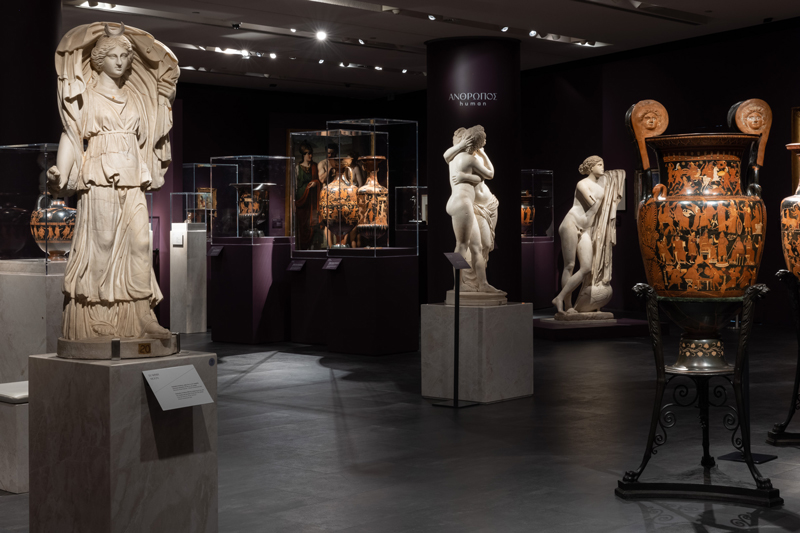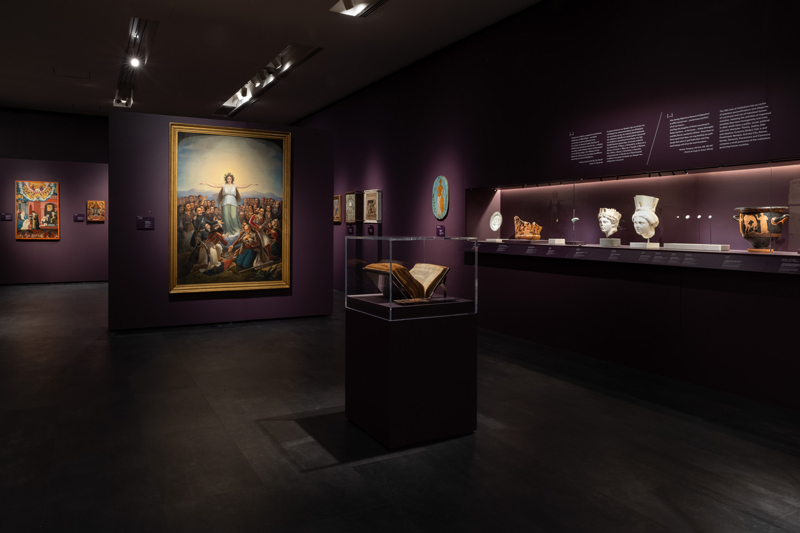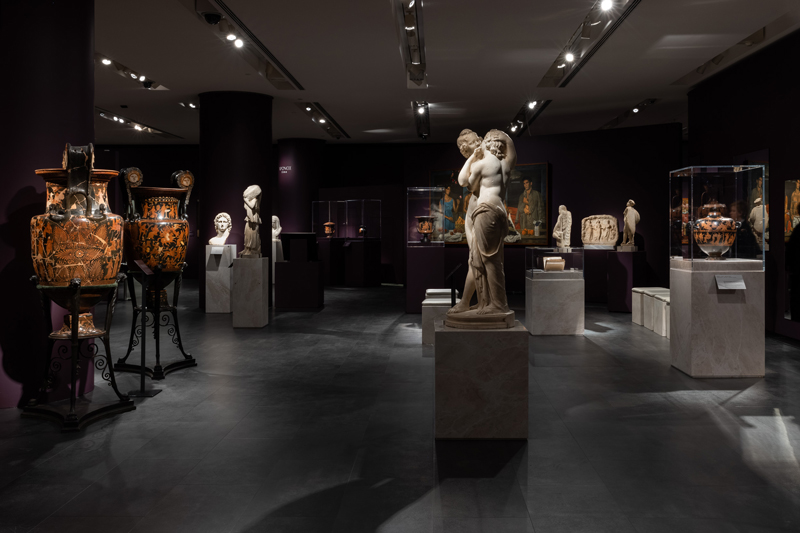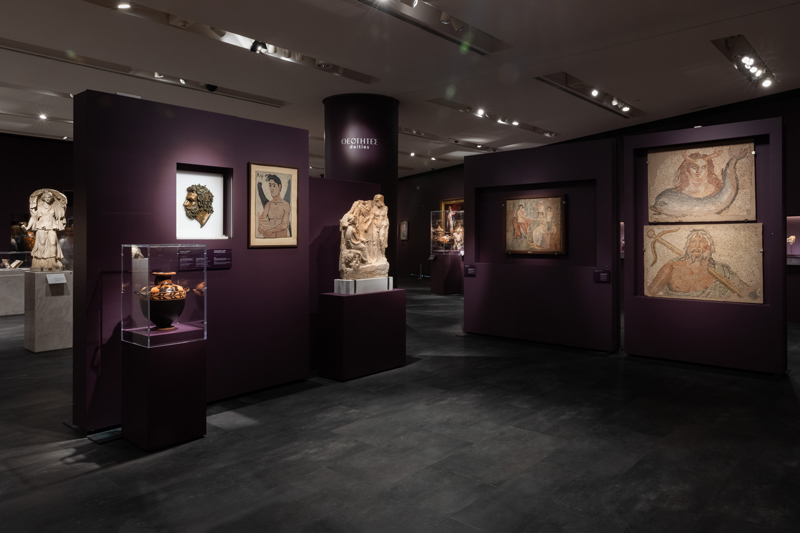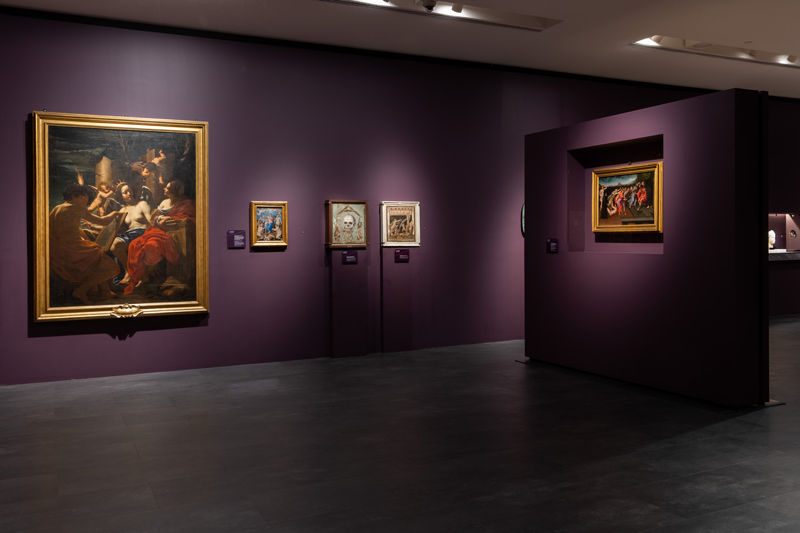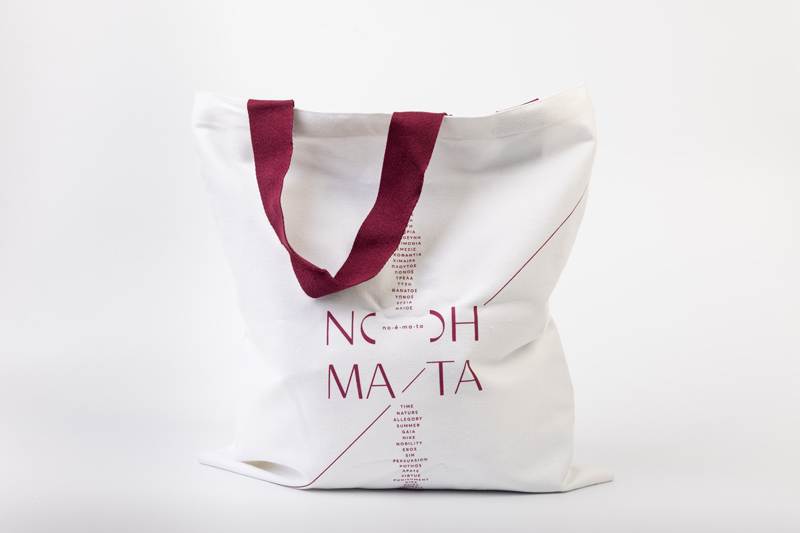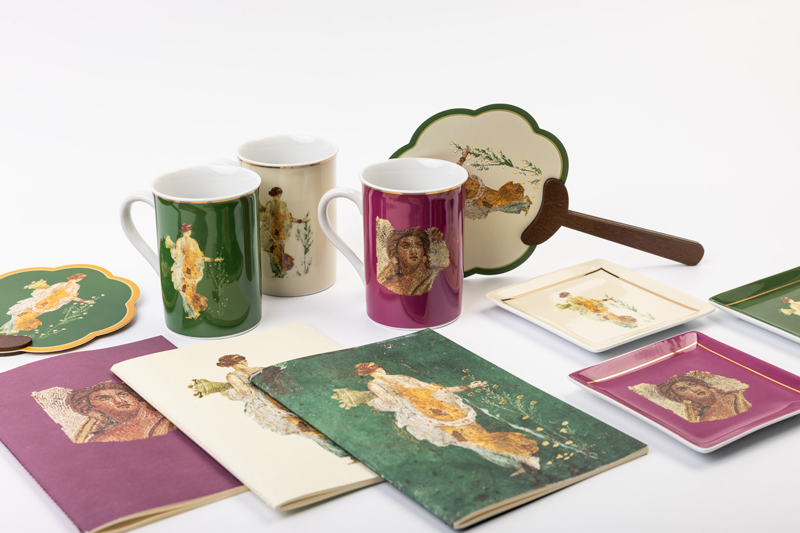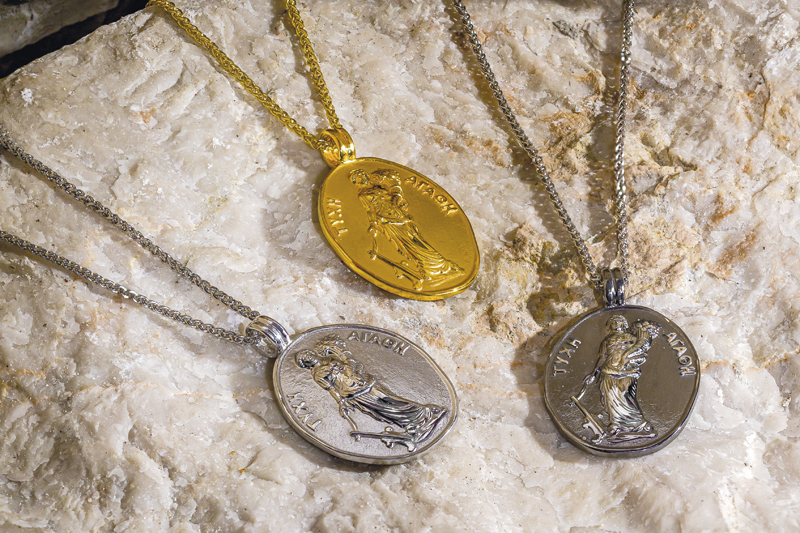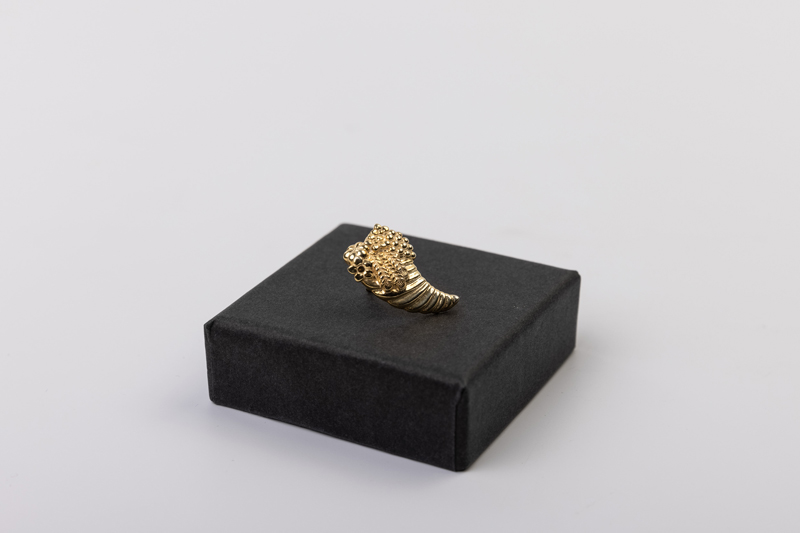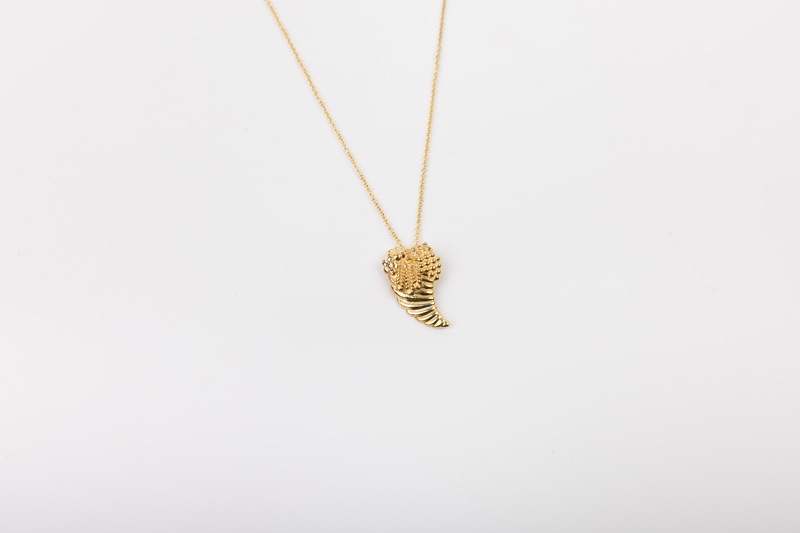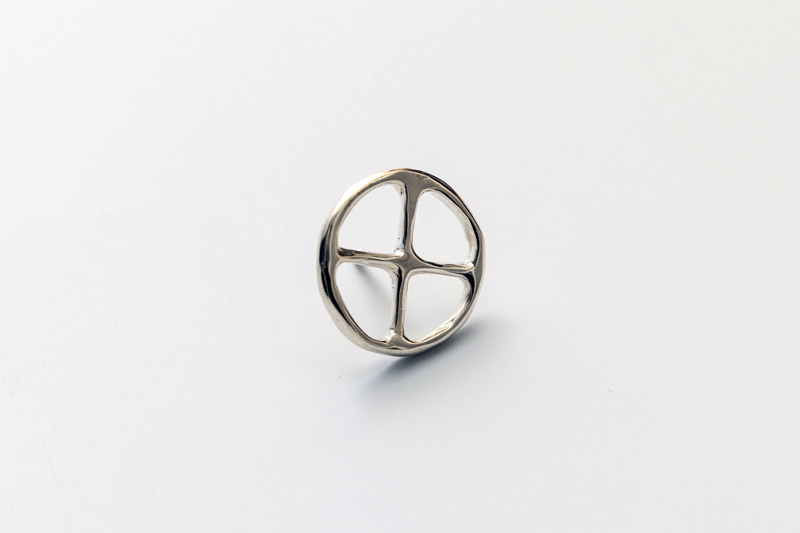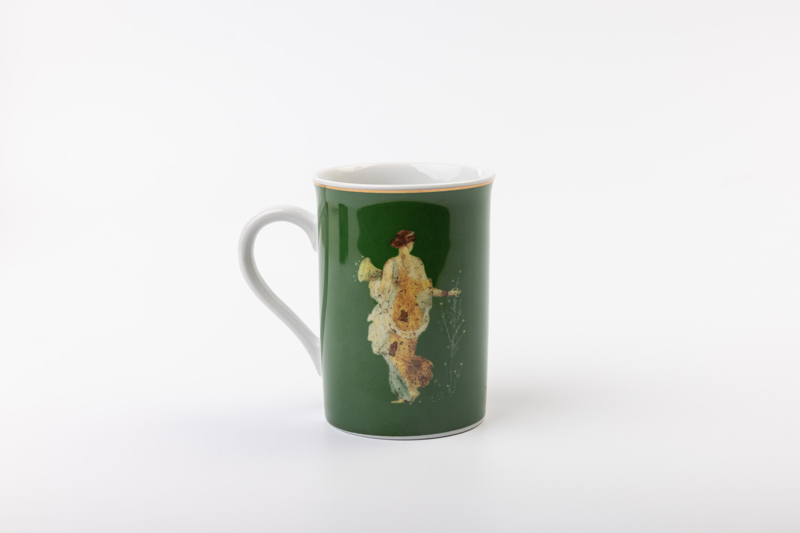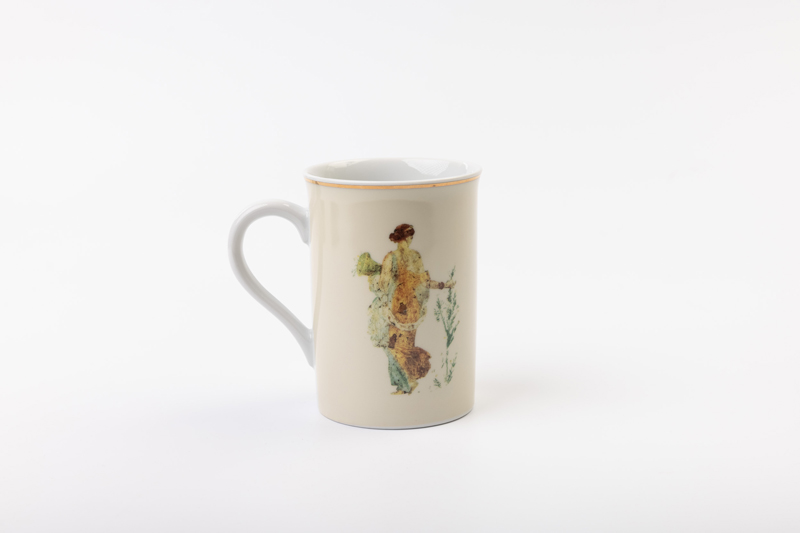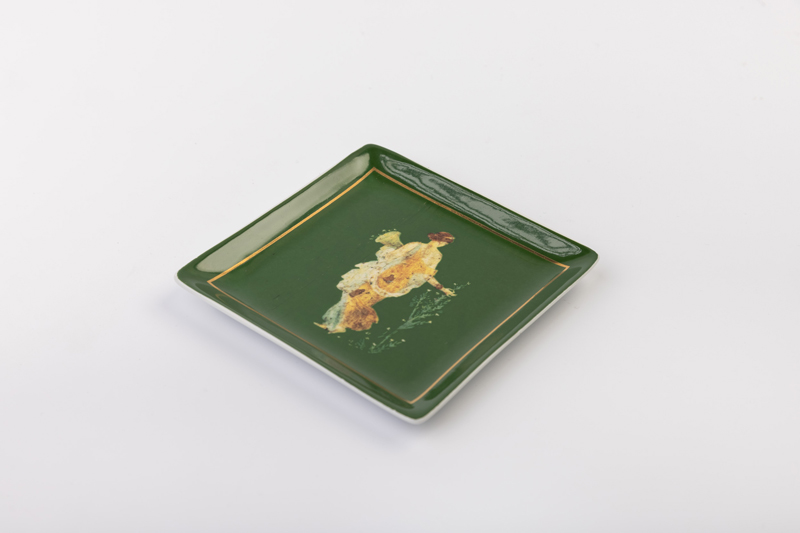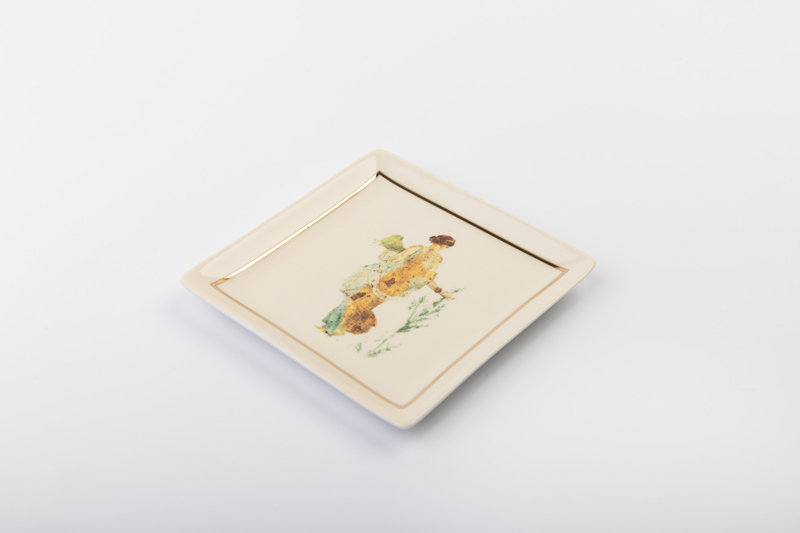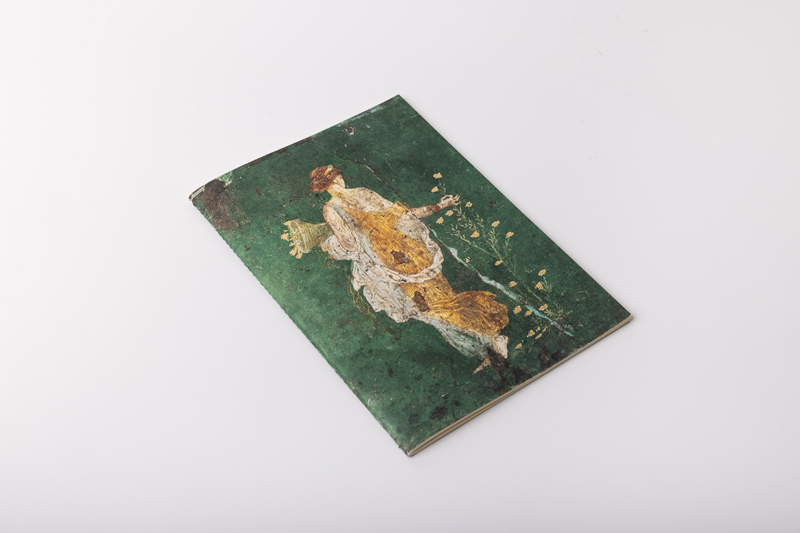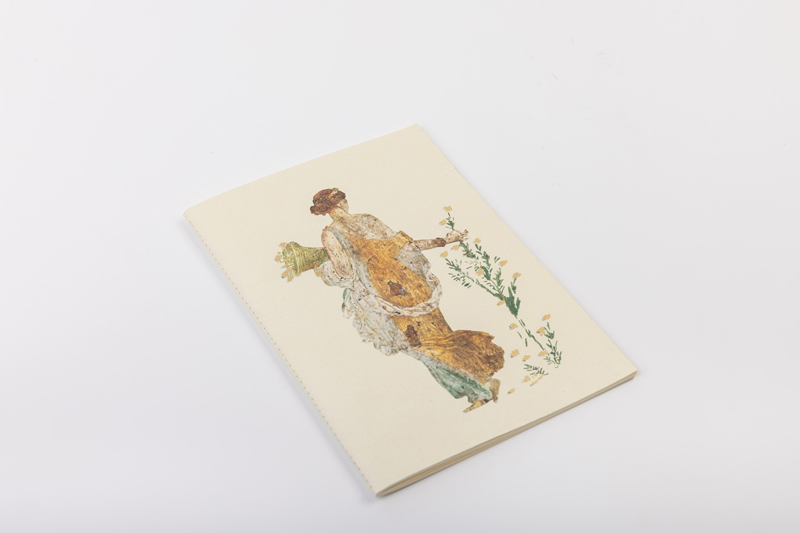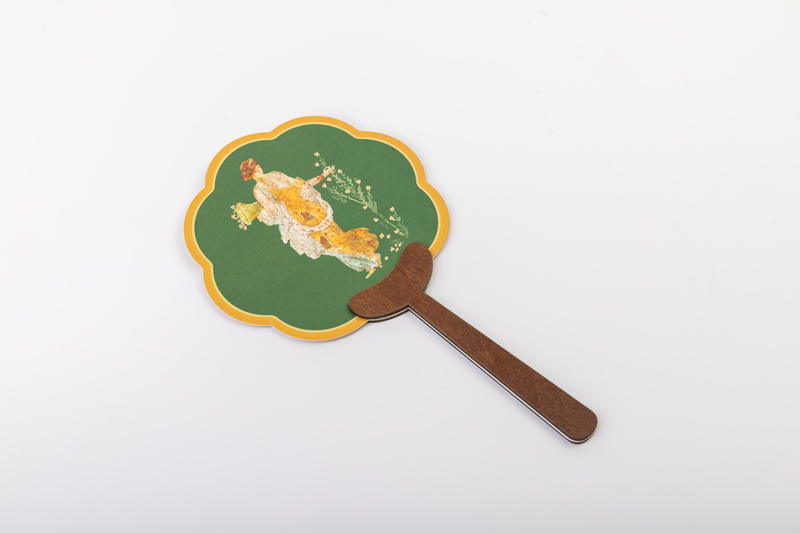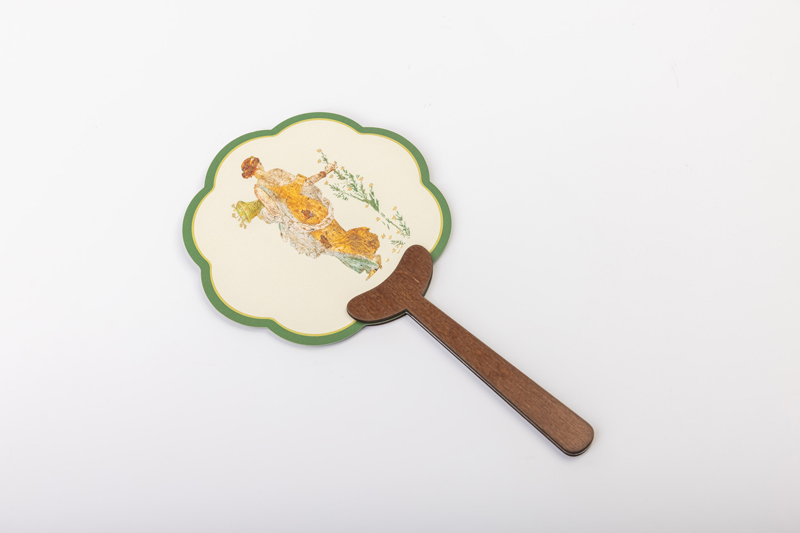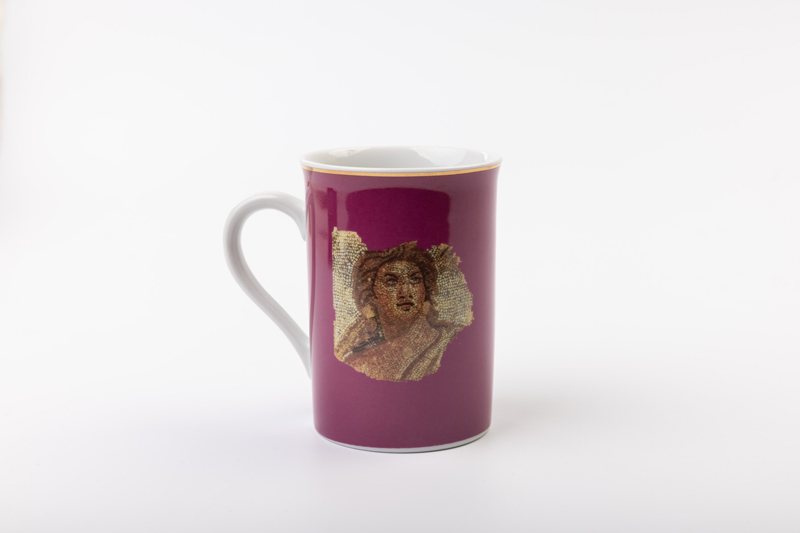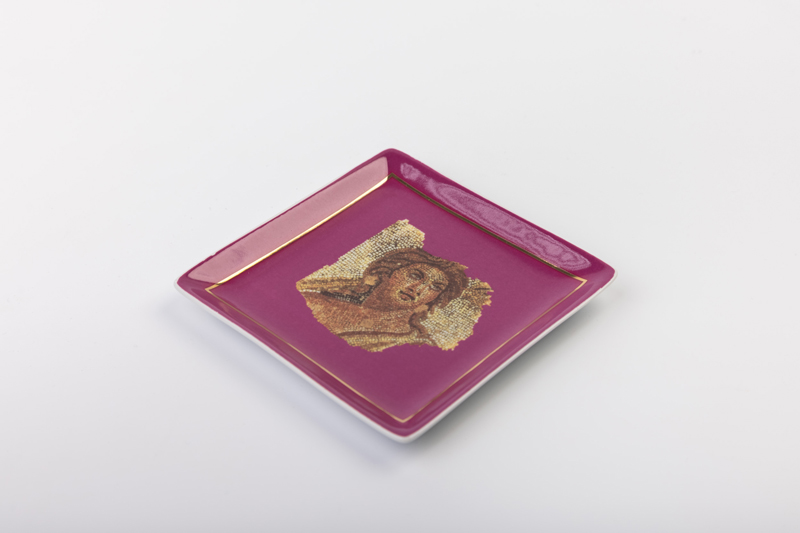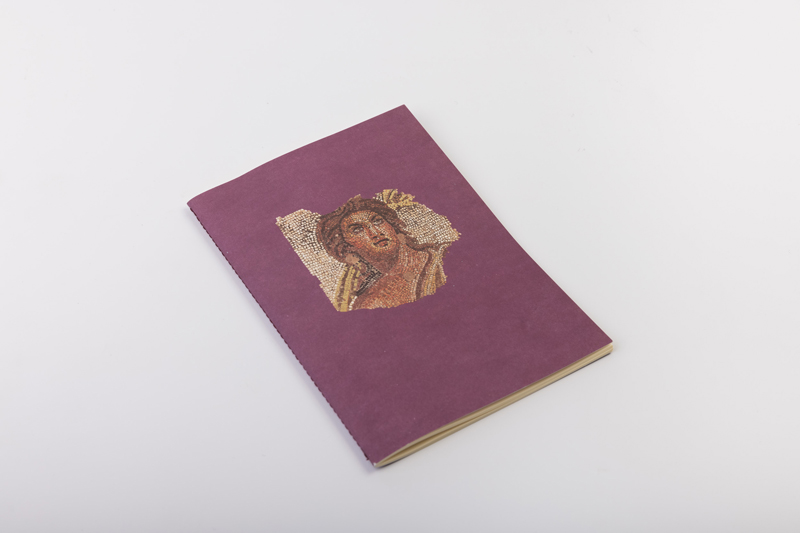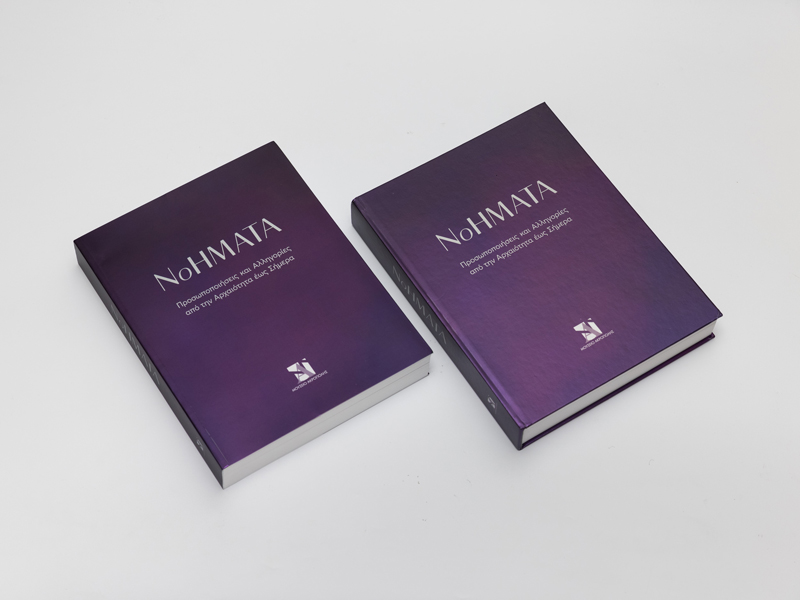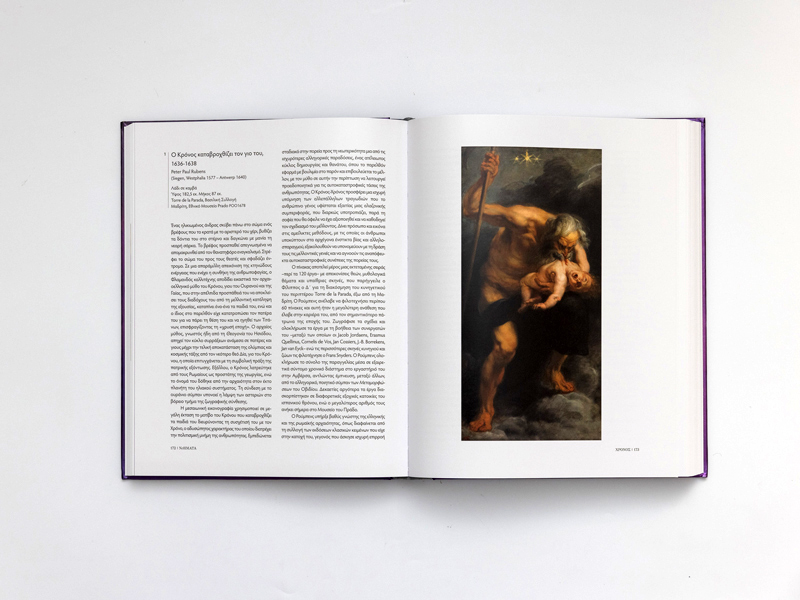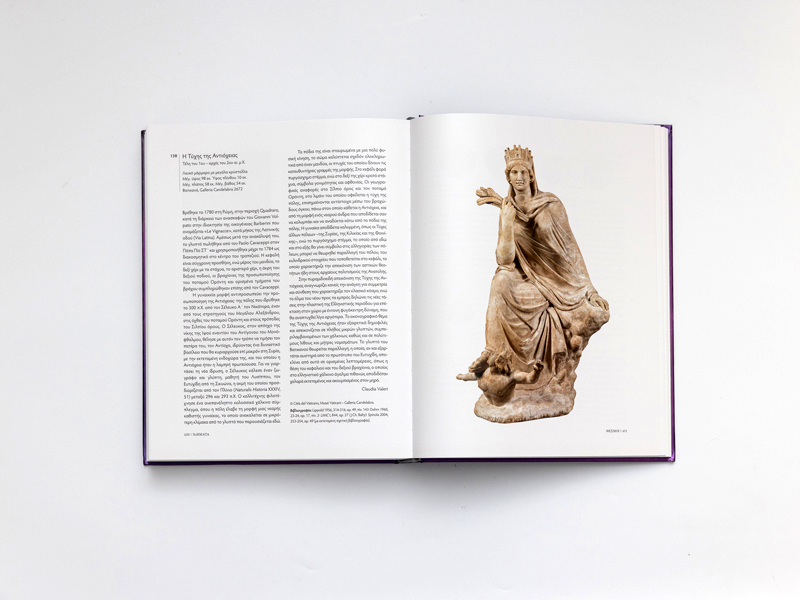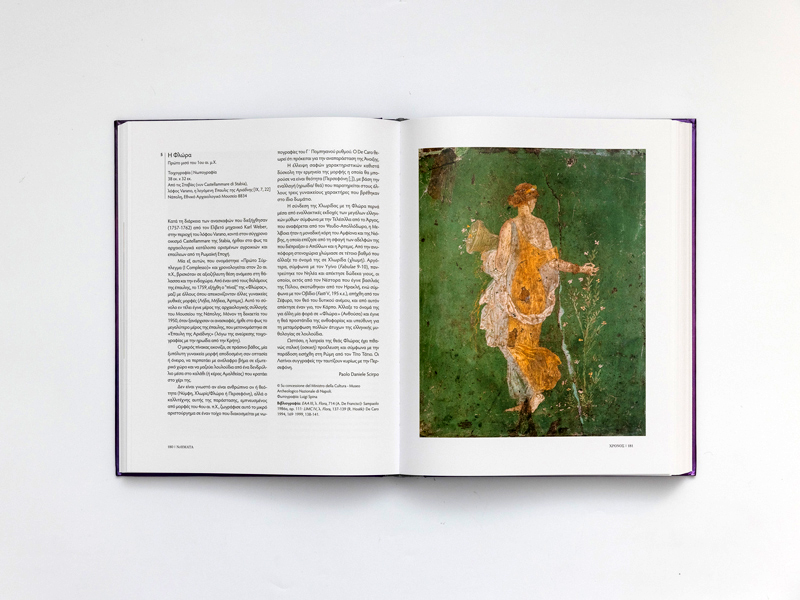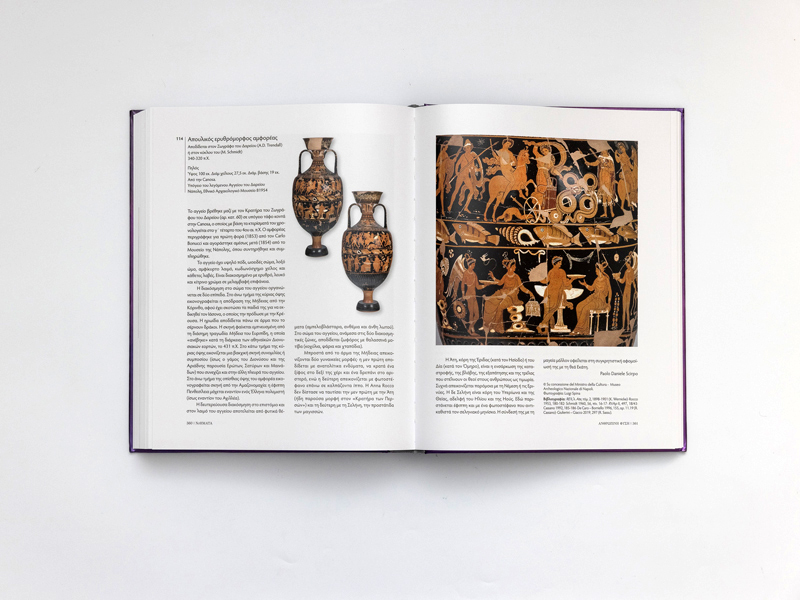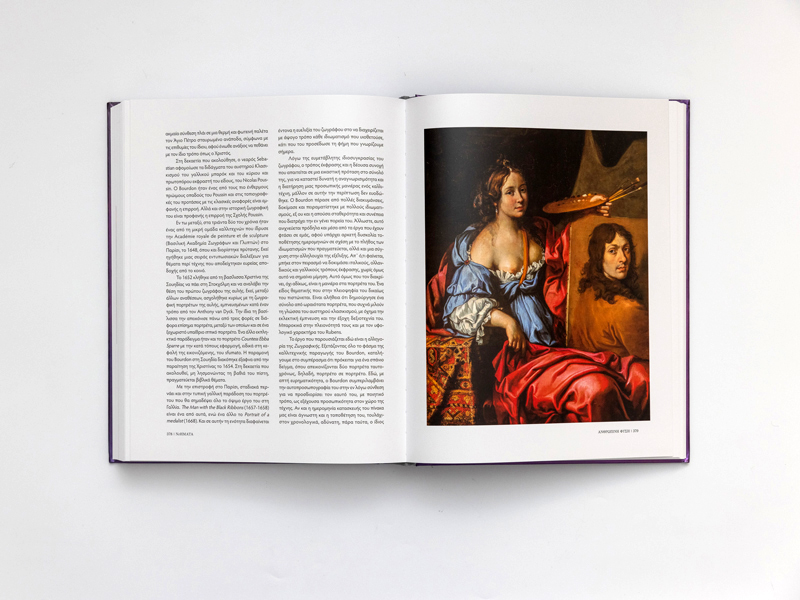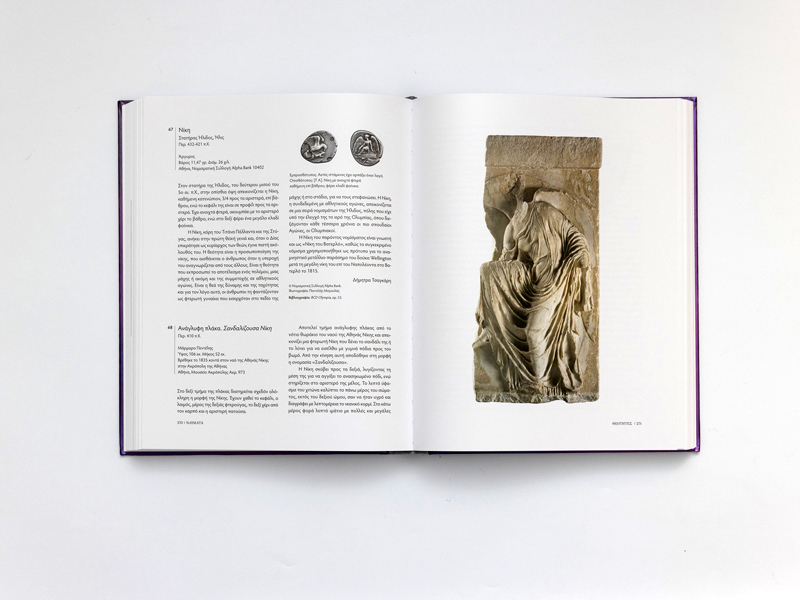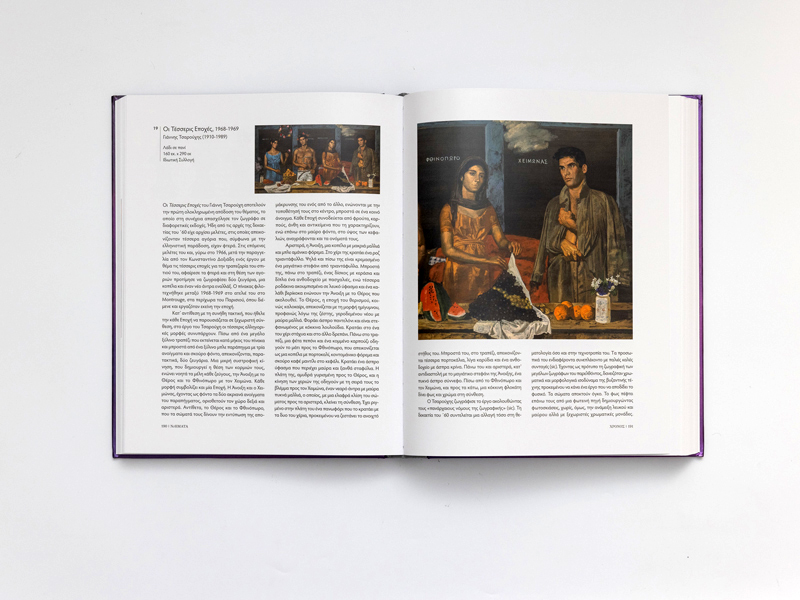‘Meanings’. Personifications and Allegories from Antiquity to Today
How are Eros (Love), Pothos (Longing), Himeros (Desire), Hypnos (Sleep), Dream and Death? And what about Envy, Evil, Slander, human passions and emotions personified? How about heavenly bodies (stars and planets), continents, islands, mountains and rivers? But also institutions, cities, fairness and unfairness, Justice and Injustice?
Personified concepts and meanings with human or animal form and allegorical stories, all placed together and becoming visible in the Acropolis Museum's exhibition titled NoHMATA ‘Meanings’. Personifications and Allegories from Antiquity to Today.
This exhibition forms a unique Tetralogy, where the greek word NoΗΜΑ (meaning) becomes a NΗMA (thread), and includes various artworks – statues, reliefs and vases, coins, jewellery and icons, paintings, uniting for the first time Antiquity with Byzantium, with Renaissance and Modern Art. A mix of artworks in marble, clay, metal, canvas and colour, most of which are travelling for the first time and come together to delight and inspire, to puzzle and to make you think. Among the artworks that will be presented is the painting of Rubens from the Museo del Prado showing Cronos, the personification of Time, devouring his children, the personified Painting of Bourdon from a private Collection in Rome, the bronze statuette of Hypnos from the Kunsthistorisches Museum in Vienna, the famous Nike Sandalbinder from the Acropolis Museum, a vase by the Meidias Painter from the British Museum, the mosaics of Sea and Ocean from the Archaeological Museum of Thessaloniki, the Allegory of Divine Ascension from the Byzantine & Christian Museum of Athens, the sculpture of Eros and Psyche from the Musei Capitolini in Rome, the Seasons from the National Archaeological Museum, alongside the Seasons of Yannis Tsarouchis from a private Athenian Collection, the Allegory of Slander by Botticelli and his botega, etc.
Time, Nature, Deities, Man & Human Nature, Institutions and Allegories, are uniquely interwoven in the exhibition sections, leading to the final part of the exhibition with the bronze Chimera from 400 B.C., from the Archaeological Museum of Florence. An exhibition, a Chimera, like all things human.
Curation: Professor Nikolaos Chr. Stampolidis and his associates at the Acropolis Museum.
EXHIBITION SECTIONS
TIME
In truth at first Chaos came to be... From Chaos came forth Erebus and black Night; but of Night were born Aether and Day...
Hesiod, Theogony 116, 124-125 [Transl. by Hugh G. Evelyn-White]
The first Unit of the Exhibition presents Time, the way it is divided and set in periods. Time was given by Chaos during the creation of the universe, as a “necklace of Harmony”, a jewel to the world as the philosophical mind perceives it. This Unit presents the Allegory of Time, the Seasons, the Months, the rosy-fingered Eos (the first morning light of Dawn), Selene (Moon) and the starry Night.
NATURE
And Earth first bore starry Heaven, equal to herself… And she brought forth long hills…But afterwards she lay with Heaven and bore deep-swirling Oceanus...
Hesiod, Theogony 126-133 [Transl. by Hugh G. Evelyn-White]
The Exhibition’s second Unit commences with celestial bodies, dominant powers governing humans, such as Helios (Sun), Selene (Moon) and Aphrodite (Evening star). These bodies take up, early on, a human form; they are personified and consequently deified. Moving on from the celestial bodies and their personifications on earth, a series of allegories and personifications of the Four Elements of Nature appear; Air with the North and North-West Wind; Water with the personifications of the Ocean, the Sea and Rivers and lastly, Earth with the Mountains, Continents, Countries and Islands.
DEITIES
And with her [Aphrodite] went Eros, and comely Himeros (Desire) followed her at her birth at the first and as she went into the assembly of the gods. This honor she has from the beginning, and this is the portion allotted to her amongst men and undying gods, the whisperings of maidens and smiles and deceits with sweet delight and love and graciousness.
Hesiod, Theogony 200-206 [Transl. by Hugh G. Evelyn-White]
This Unit both in characterisation and selection of the exhibited figures contains a series of conceptual meanings, which were personified and deified early on, and thus received worship in antiquity. Moreover, with the passing of time they were unified with other deities, claimed their attributes and created complex and intriguing combinations. The deified concepts of this Unit begin with Nike (Victory), Eris (Discord), Tyche (Fortune), Hygieia (Health), Ploutos (Wealth) and end with Aphrodite’s “children”, Eros, Himeros (Desire) and Pothos, meaning carnal love, sexual attraction and other related notions, such as Peitho (Persuasion).
HUMAN & HUMAN NATURE
After [she bore] Deceit and Friendship and hateful Age and hard-hearted Strife. But abhorred Strife bore painful Toil and Forgetfulness and Famine and tearful Sorrows, Fightings also, Battles, Murders, Manslaughters, Quarrels, Lying Words, Disputes...
Hesiod, Theogony 224-229 [Transl. by Hugh G. Evelyn-White]
The fourth Unit showcases personified concepts that relate to Human and Human Nature. The personifications presented here are but a small sample of the perishable nature, of the virtues and shortcomings of humans: Geras (Old Age), Hypnos (Sleep) and Thanatos (Death), Phyche (Soul), Arete (Virtue) and Eugeneia (Politeness), Arete (Virtue) and Kakia (Vice), Human Passions, Sloth, Envy, Deceit, Frenzy, Mania, Madness, Pain, Good Fortune, Pleasure, Memory, Epic Poems, Satire, Comedy and the Arts...
INSTITUTIONS
Also deadly Night bore Nemesis (Indignation) to afflict mortal men…Lawlessness and Ruin, all of one nature...
Hesiod, Theogony 223-224, 23 [Transl. by Hugh G. Evelyn-White]
The fifth Unit of Institutions has as centre of attention personifications and allegories of communal and not of individual human activities, meaning the activities of organised societies that have homogeneity and unity, in other words have a public, social, political and civic character. Themis, Justice, Dike and Injustice, Eunomia (Order), Hybris and Punishment, Nemesis. And also City, Demos, Senate, Gerousia, Processions and Ceremony compose a small panorama of the institutions governing human societies.
ALLEGORIES
...ὁ γὰρ ἄλλα μὲν ἀγορεύων τρόπος, ἕτερα δὲὧν λέγει σημαίνων, ἐπωνύμως ἀλληγορία καλεῖται...
The same word, when used with its real sense, cannot give away its meaning. Because the way of talking about one thing, while implying something different from what is spoken, is rightly called an allegory.
Heraclitus, Homeric Problems 5.2
The last (6th) Unit presents various artworks with, usually, mix references that include personifications, attributes, symbolisms, metaphors and allegories. Allegory aims to provide an explanatory image of a concept or idea in order to make it understandable to the general public. Overcoming the primary notion of the image, an allegory seeks the hidden, deeper meaning. Its creator tries to visualise an abstract concept, always aspiring for an educational result. Therefore we can characterise it as a form of expression by which we strive and succeed in concealing the true meaning as much in written words as in the visual arts. One of the most educational allegories from antiquity and the Renaissance is the Calumny of Apelles.
EPILOGUE
She [Echidna] was the mother of Chimaera who breathed raging fire, a creature fearful, great, swift footed and strong, who had three heads, one of a grim-eyed lion, another of a goat, and another of a snake, a fierce dragon; in her forepart she was a lion; in her hinderpart, a dragon; and in her middle, a goat, breathing forth a fearful blast of blazing fire.
Hesiod, Theogony 319-324 [Transl. by Hugh G. Evelyn-White]
In antiquity, the monster with the hybrid body comprised by miscellaneous animals seems to have been interpreted as an allegory of evil and destruction. In Plato’s Republic, Chimaira appears to receive a political notion, as she interrelates to tyranny, a degenerate example of government. She is similarly presented in Vergil’s Aeneid where the allegory refers to anarchy and chaos that result from civil wars.
Today, the allegorical meaning of Chimaira signifies something out of fantasy, dream and utopia, as well as something unattainable. As an expression of self-irony this Exhibition could also be perceived as a chimera.
The statue of Chimaira (ca 400 BC) from the National Archaeological Museum of Florence will travel on 13 March 2024.
PARTICIPATING MUSEUMS, EPHORATES OF ANTIQUITIES AND COLLECTIONS
Austria
- Wien, Kunsthistorisches Museum
Greece
- MINISTRY OF CULTURE: Directorate of Archaeological Museums, Exhibitions and Educational Programmes
- Acropolis Museum
- Archaeological Museum of Thessaloniki
- Basil Papantoniou Foundation, Nafplion
- Benaki Museum
- Byzantine and Christian Museum
- Ephorate of Antiquity of Chalcidice and Mount Athos: Monastery of Iviron, Monastery of Vatopedi
- Ephorate of Antiquities of the City of Athens: Museum of the Ancient Agora, Museum of Kerameikos
- Ephorate of Antiquities of Corinth: Archaeological Museum of Ancient Corinth, Archaeological Museum of Sikyon
- Ephorate of Antiquities of Dodecanese: Permanent Archaeological Exhibition in the Grand Master’s Palace
- Ephorate of Antiquities of Ilia: Archaeological Museum of Elis
- Ephorate of Antiquities of Kavala: Archaeological Museum of Philippi
- Ephorate of Antiquities of Pieria: Archaeological Museum of Dion
- KIKPE Numismatic Collection / Social and Cultural Affairs Welfare Foundation
- National Archaeological Museum
- National Gallery - Alexandros Soutsos Museum
- Private Collections, Athens
- The Alpha Bank Numismatic Collection
Italy
- Aquileia, Museo Archeologico Nazionale di Aquileia
- Bari, Soprintendenza di Archeologia, Belle Arti e Paesaggio per la città metropolitana di Bari
- Firenze, Museo Archeologico Nazionale di Firenze
- Firenze, Museo degli Uffizi
- Lipari, Museo Luigi Bernabò Brea
- Milano, Museo Poldi Pezzoli
- Napoli, Museo Archeologico Nazionale di Napoli
- Palermo, Museo Archeologico Regionale "Antonino Salinas"
- Provincia di Caserta, Museo Provinciale Campano
- Roma, Collezione Privata, O. Torlonia
- Roma, Galleria Borghese
- Roma, Galleria Colonna
- Roma, Galleria Nazionale di Arte Antica - Galleria Corsini
- Roma, Musei Capitolini
- Roma, Museo Nazionale Etrusco di Villa Giulia
- Roma, Parco archeologico di Ostia antica
- Ruvo, Museo Nazionale Jatta
- Siracusa, Museo Archeologico Regionale Paolo Orsi
- Taranto, Museo Archeologico Nazionale di Taranto
- Trieste, Museo d' Antiquita J.J. Winckelman
- Venezia, Gallerie dell' Accademia
- Verona, Musei Civici di Verona
Spain
- Madrid, Museo Nacional del Prado
United Kingdom
- London, The British Museum
Vatican
- Città del Vaticano, Musei Vaticani – Museo Gregoriano Etrusco
- Città del Vaticano, Musei Vaticani – Museo Chiaramonti
- Città del Vaticano, Musei Vaticani – Galleria Candelabra

EXHIBITION INFORMATION
DURATION
LOCATION
Temporary Exhibition Gallery, Museum's ground floor
- Visitors are not allowed to carry or consume any kind of food, liquids or drinks.
TICKETS
General admission: 10€
from the Museum Ticket Desk or the e-ticketing service
Reduced admission: 5€
and free admission exclusively from the Museum’s Ticket Desk.
Read more about visitors entitled to reduced and free admission to the Temporary Exhibition.
Group bookings for 20 persons are made online at [email protected]
The use of headphones is recommended for the best quality of the guided tours. It is also recommended that the distribution of the headphones to the group members takes place before entering the exhibition.
LANGUAGES
Guided tours in Greek and in English from the Museum Archaeologists. More info below.
Audio Guide visit in Greek by Prof. Nikolaos Chr. Stampolidis, Acropolis Museum General Director. The use of personal headphones is necessary.
Greek and English signage.
Scientific catalogue in Greek and in English, available at the Museum Shops.
GALLERY TALKS
Time, Nature, Deities, Man & Human Nature, Institutions, Allegories: six thematic units that are uniquely intertwined in the temporary exhibition of the Acropolis Museum. Guided by the Museum's Archaeologists, visitors navigate among great works of art that personify concepts, depict allegories, highlight human passions and emotions, stimulate thought and soul and masterfully unravel the thread that connects Antiquity with Byzantium, Renaissance and our times.
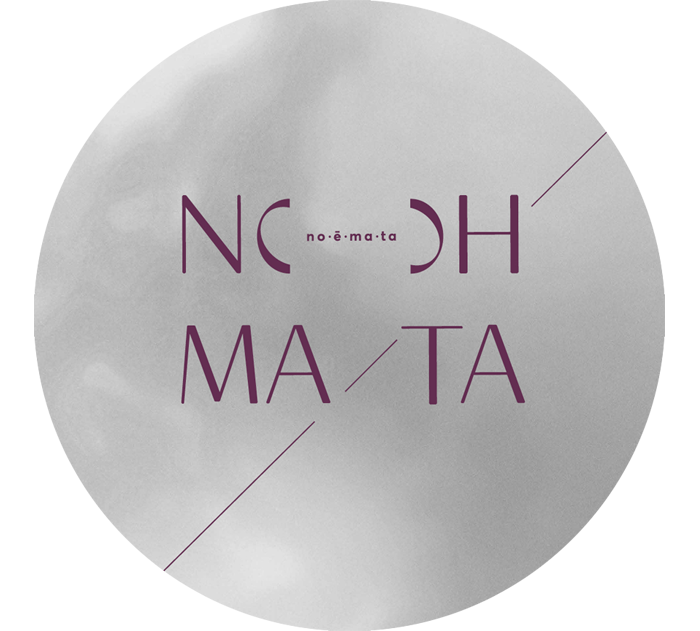
USEFUL INFORMATION
every Saturday and Sunday at 10:00 and at 12:00
*extra dates: Wednesday 3/4, Thursday 4/4, Saturday 6/4, Sunday 7/4, Wednesday 10/4, Thursday 11/4, Saturday 13/4, Sunday 14/4 at 18:00
acropolis museum shops
Visit the store on the Museum's ground floor and discover beautiful souvenirs inspired by the exhibition.
Exhibition catalogue NoHMATA 'Meanings'
A scientific catalogue is available at the Museum Shops.
Authors of texts (in order of presentation in the catalogue): Stampolidis Chr. Nikolaos, Shapiro H. Alan, Tsangari Dimitra, Chrysikopoulos Vasilis, Kampanis Panagiotis, Tsiara Syrago
Curation: Professor Nikolaos Chr. Stampolidis, Collaboration: Anna Vlachaki
Languages: Greek, English
Year of publication: 2023 (Greek edition), 2024 (English edition)
